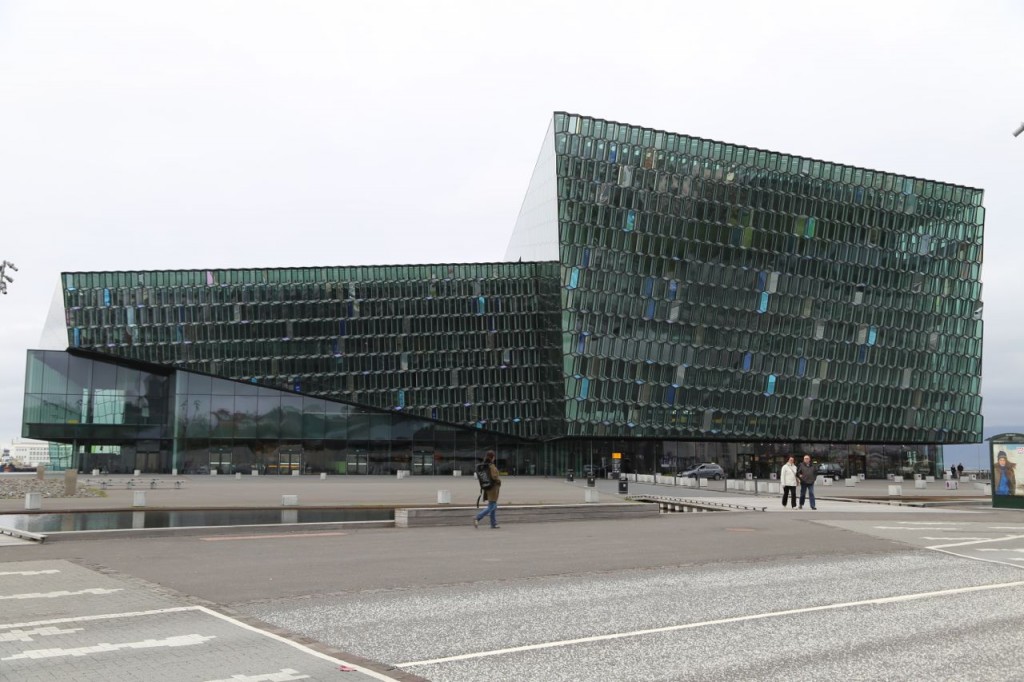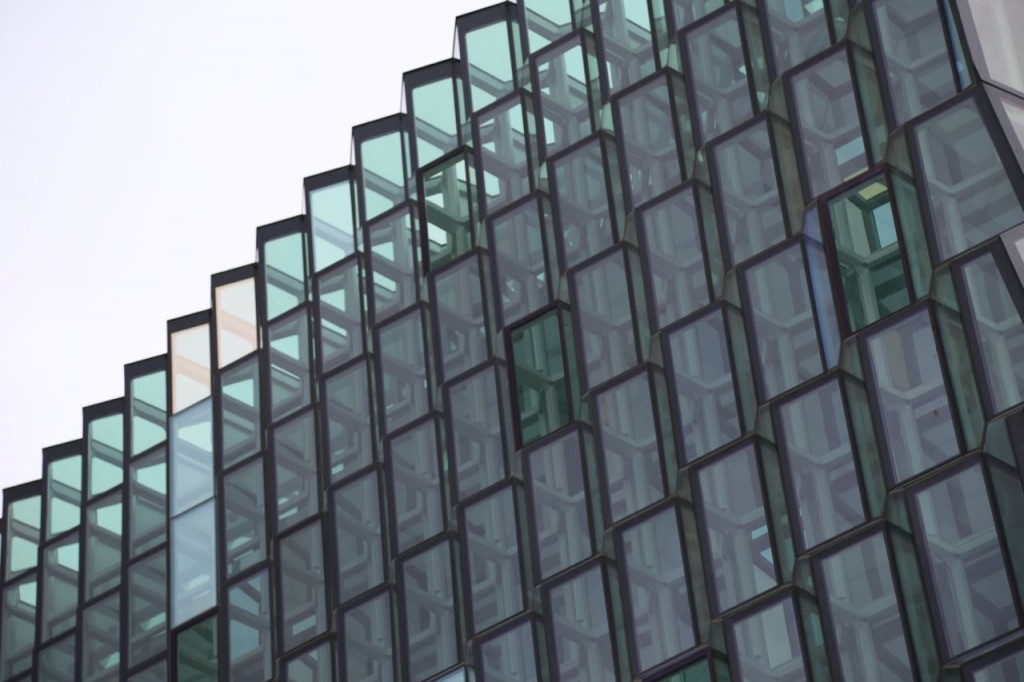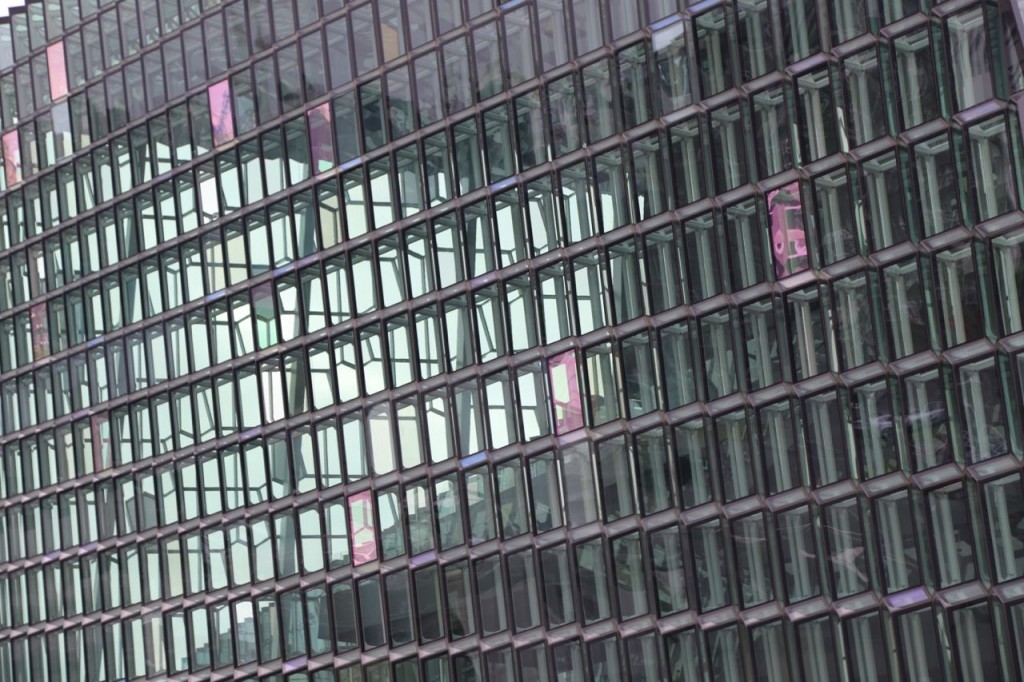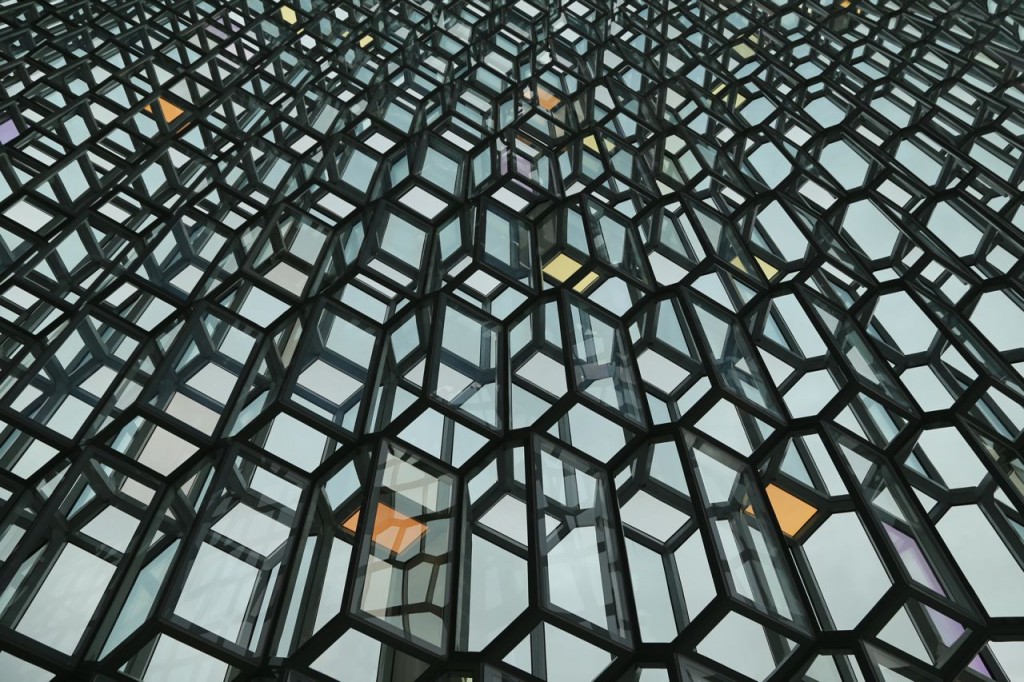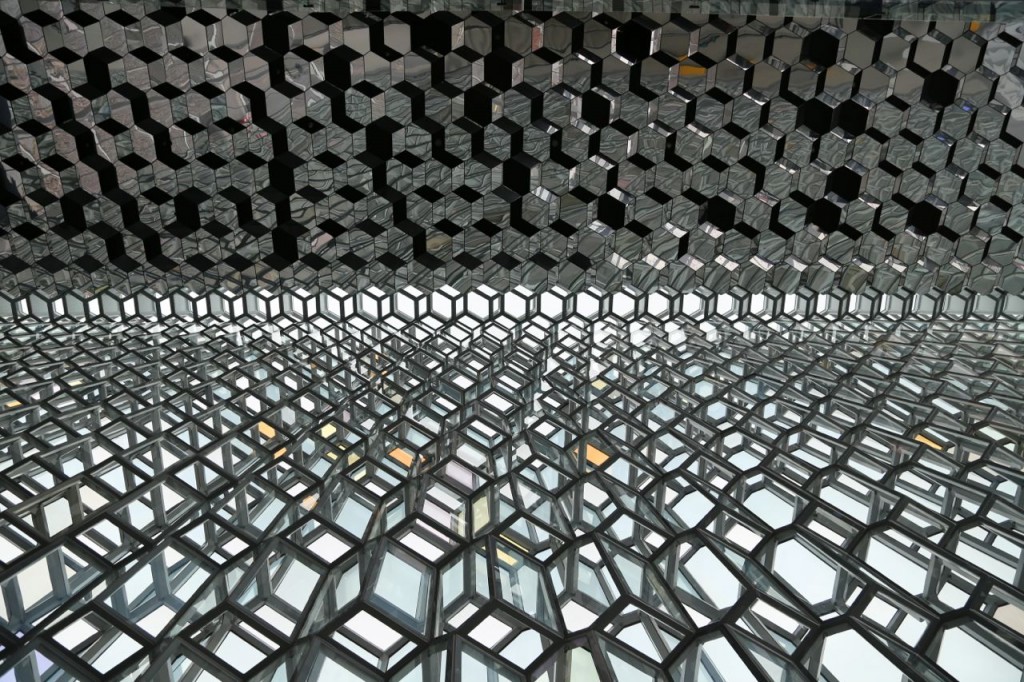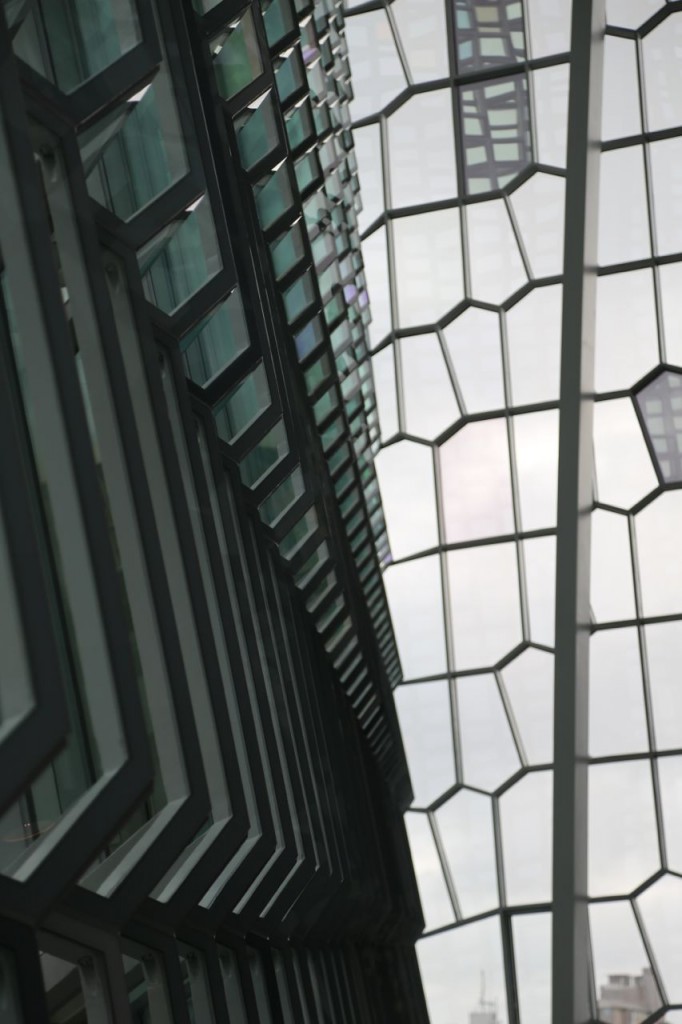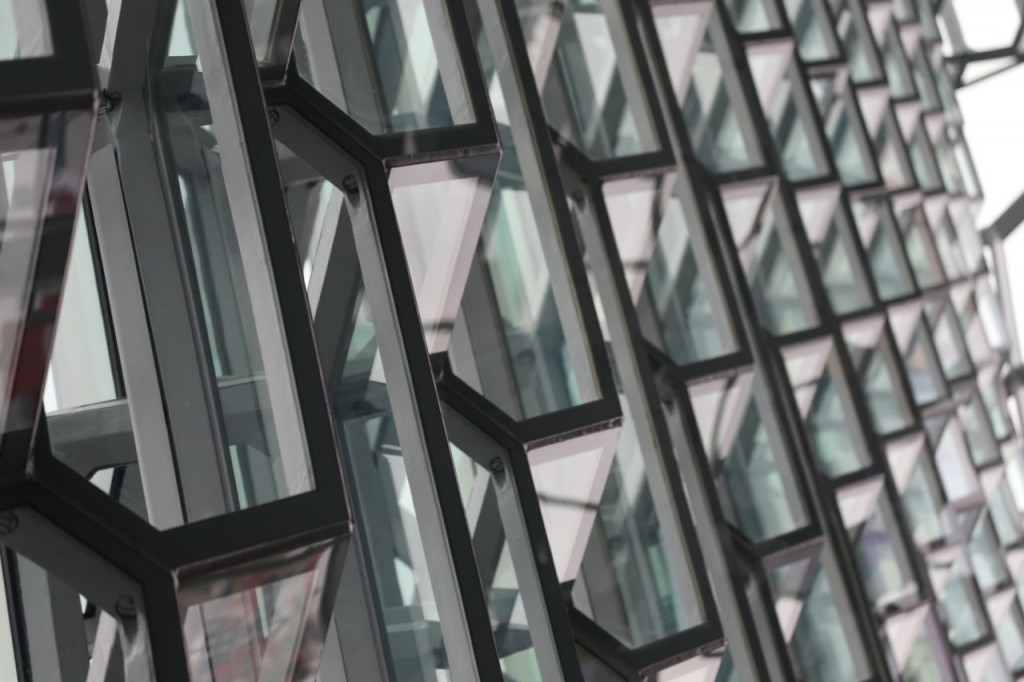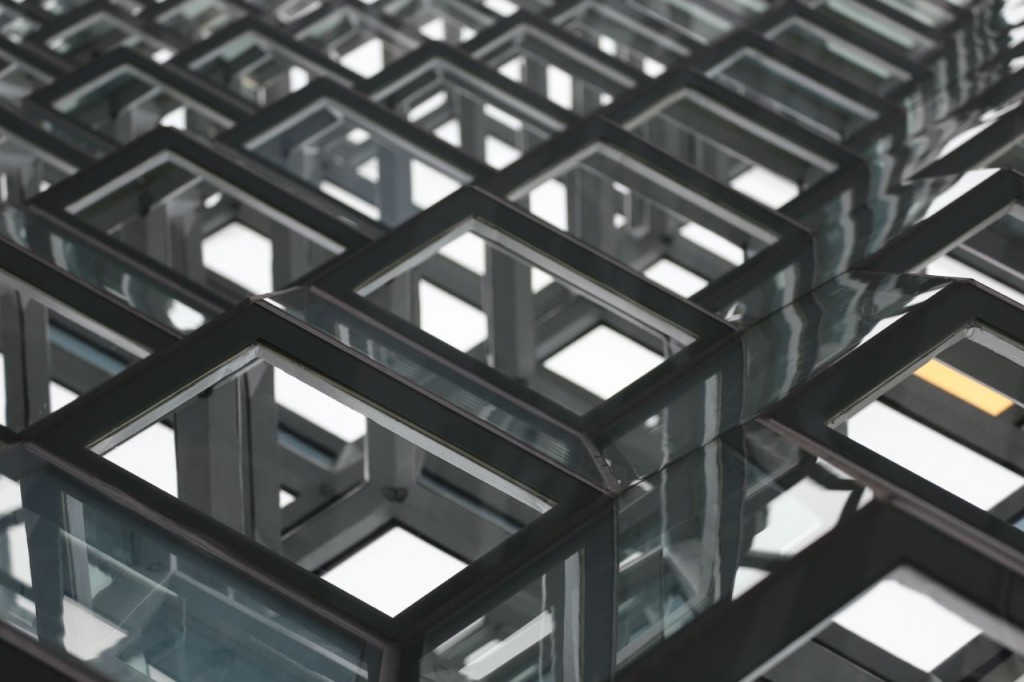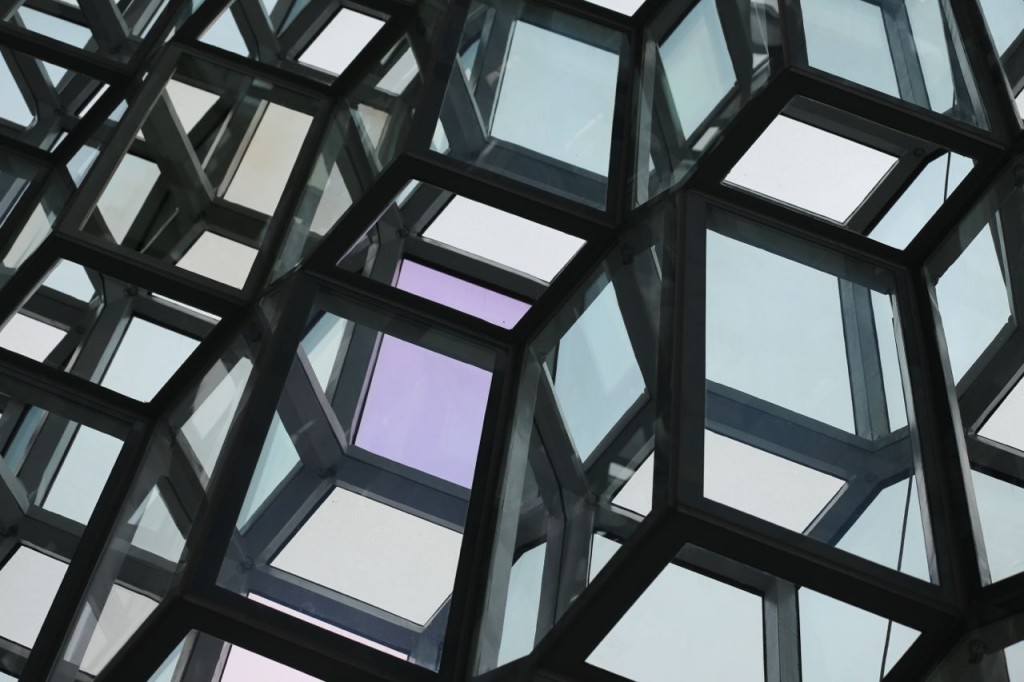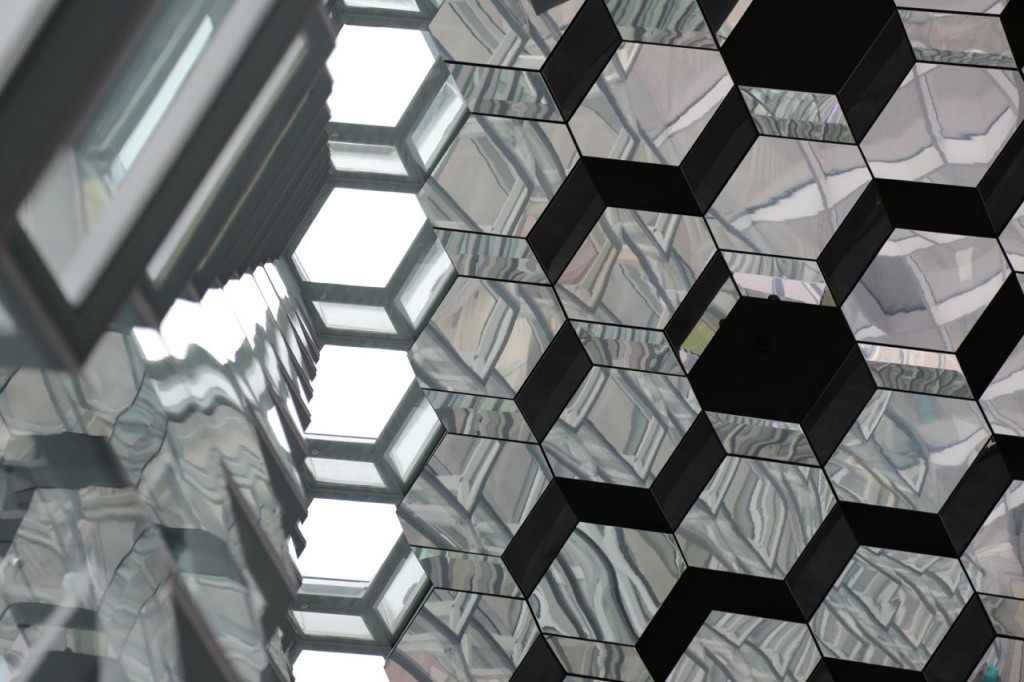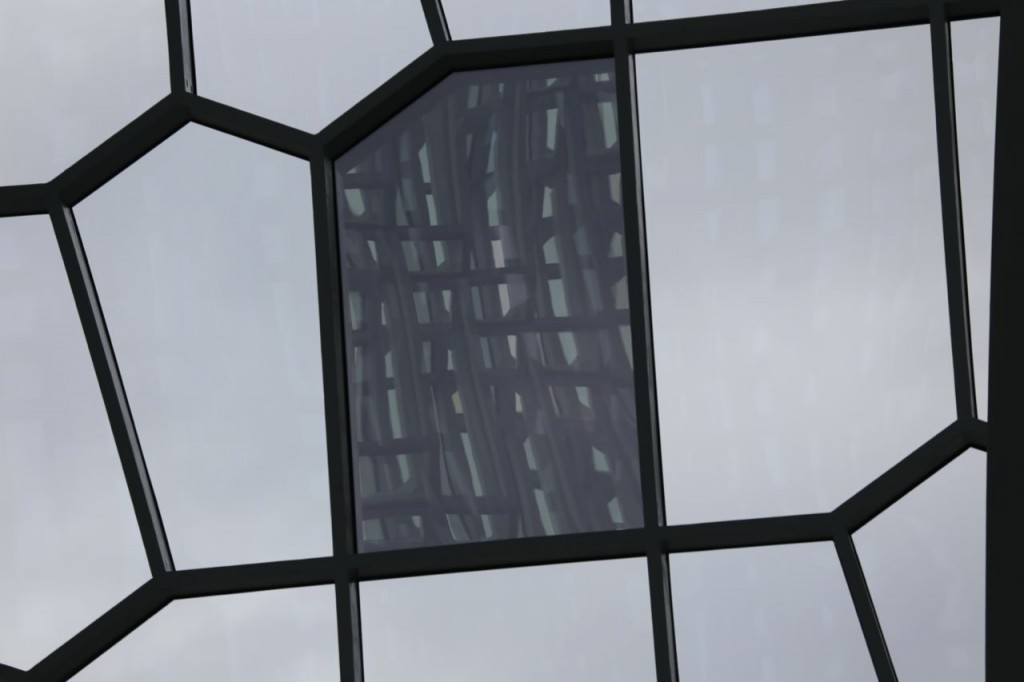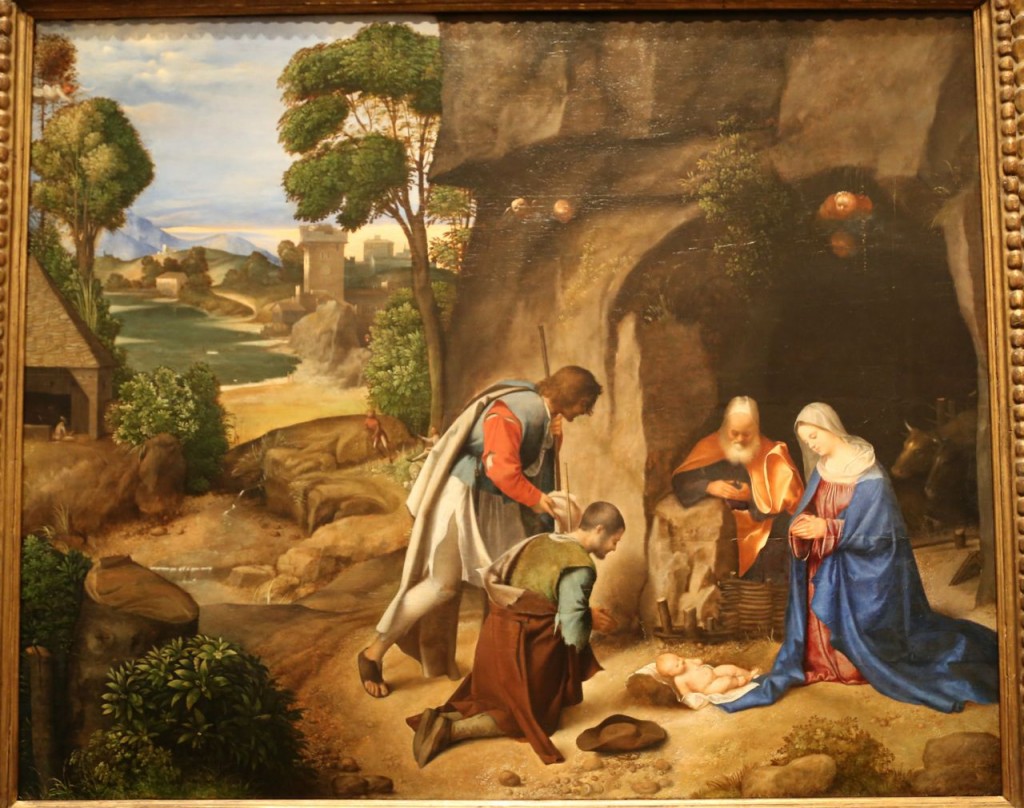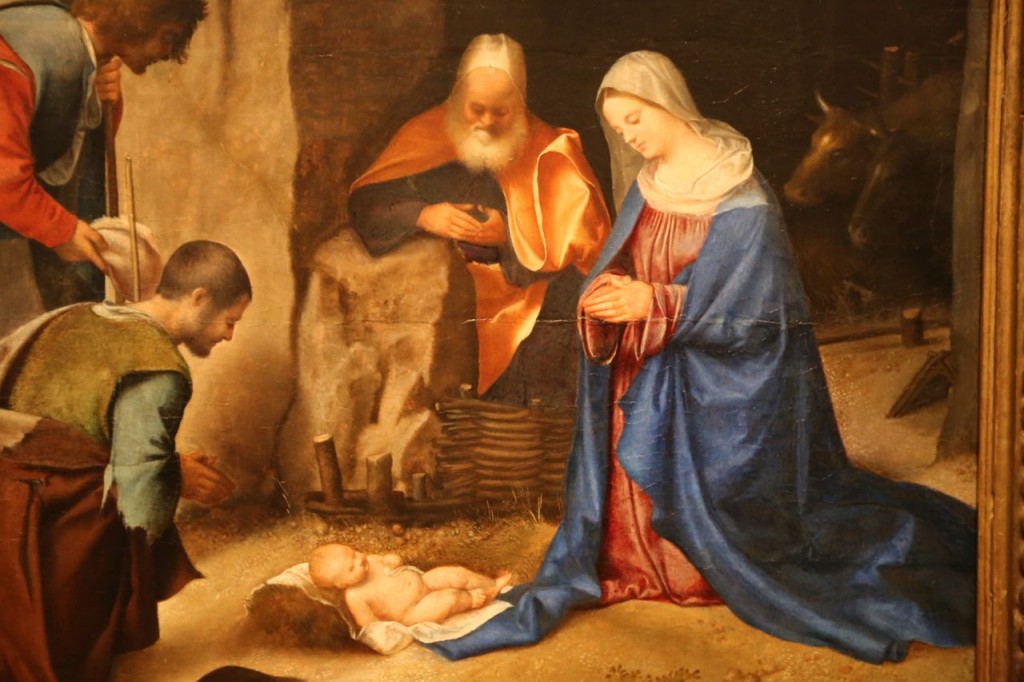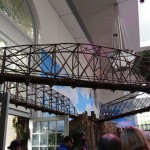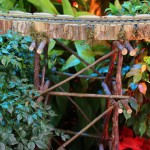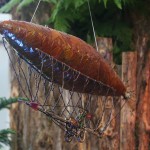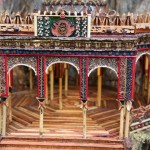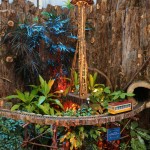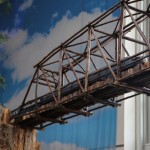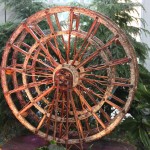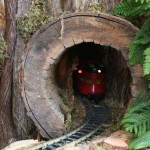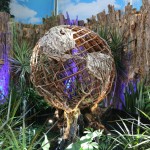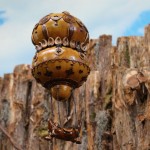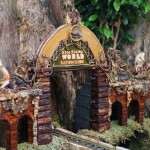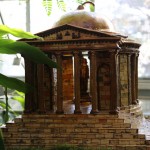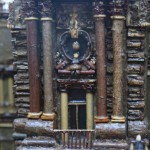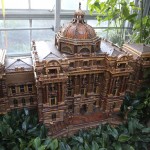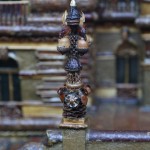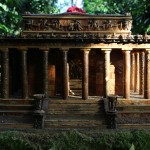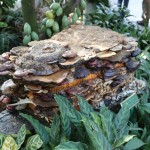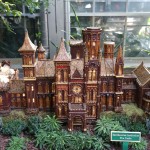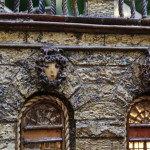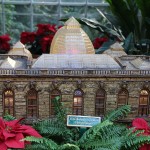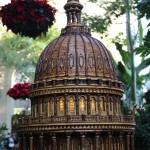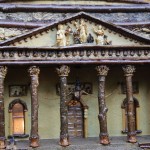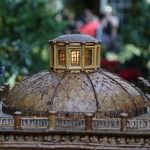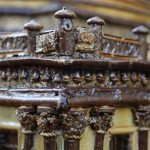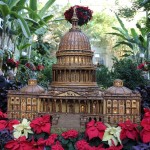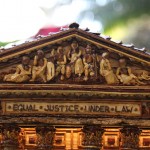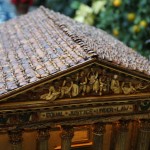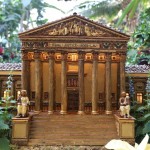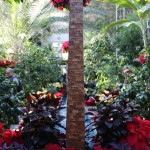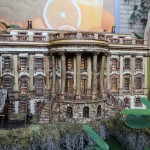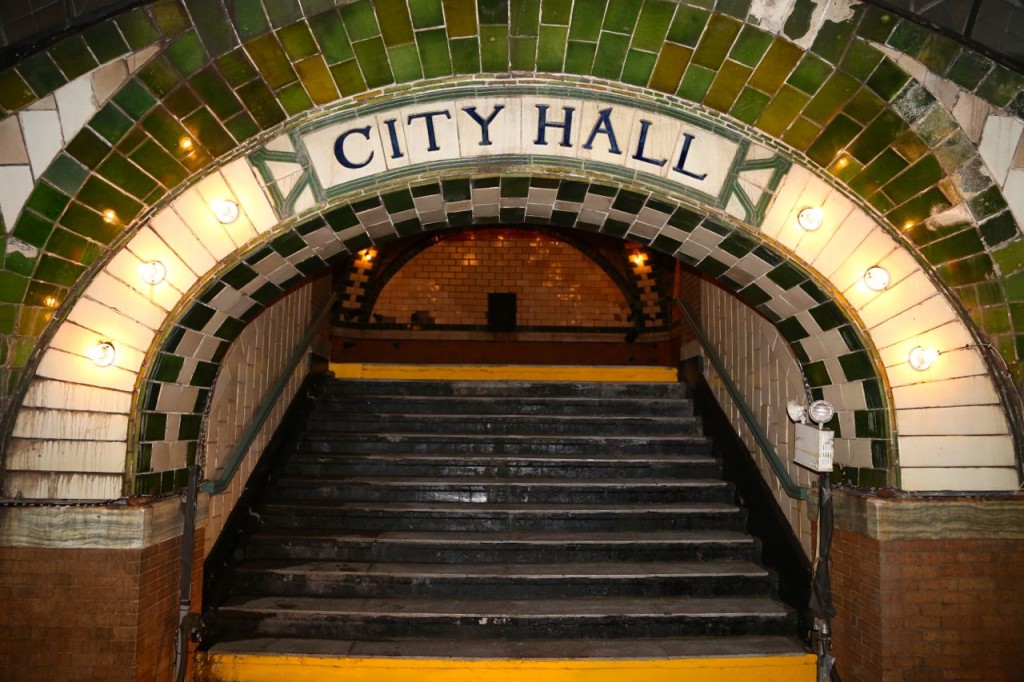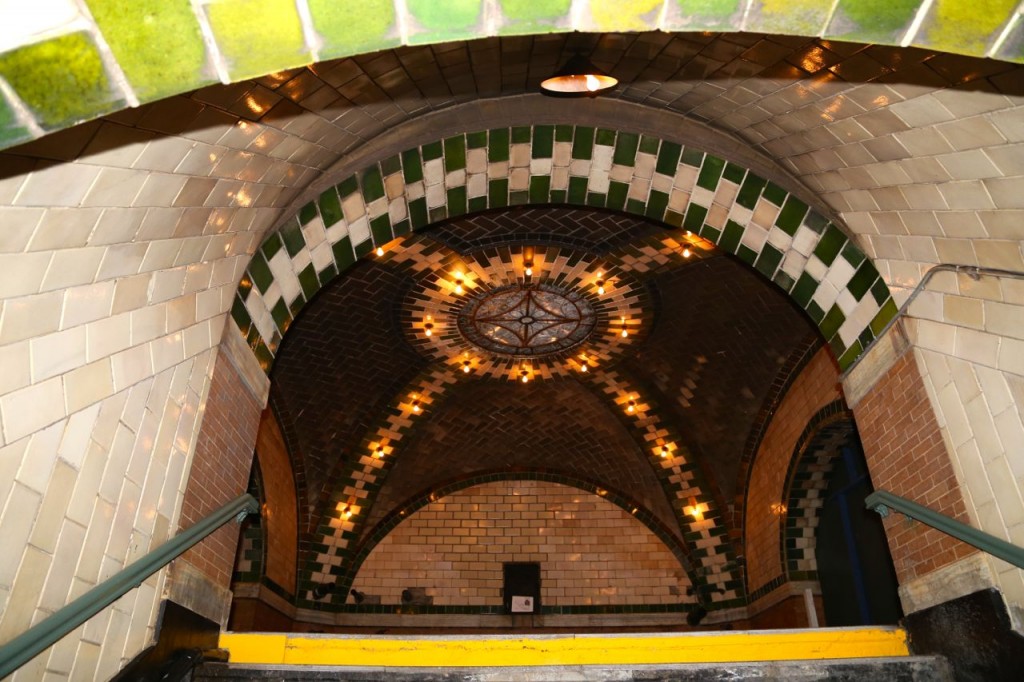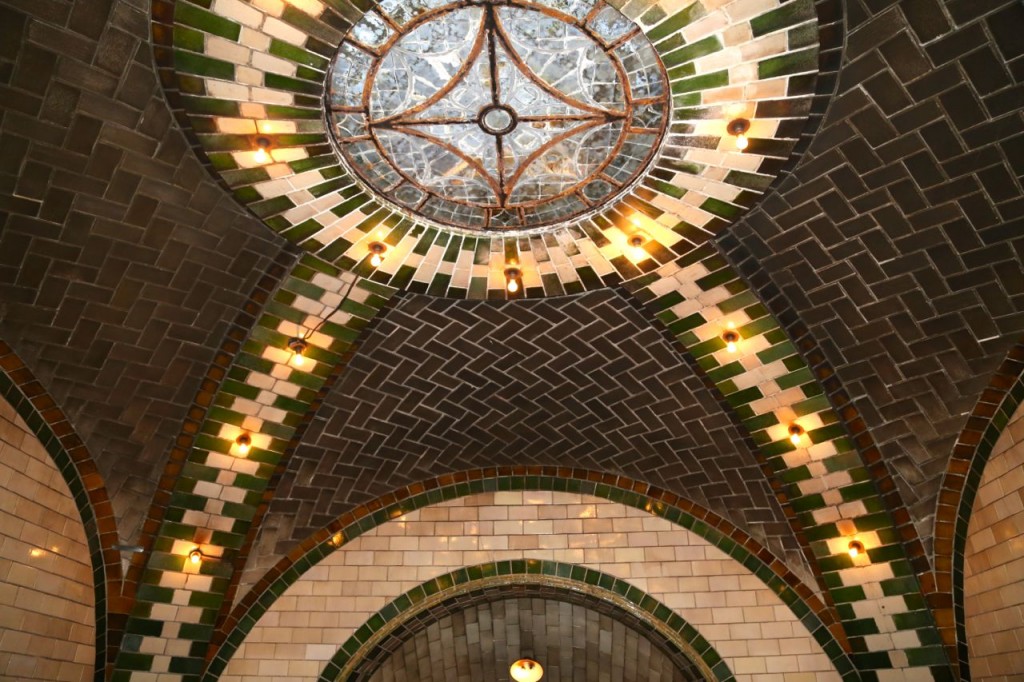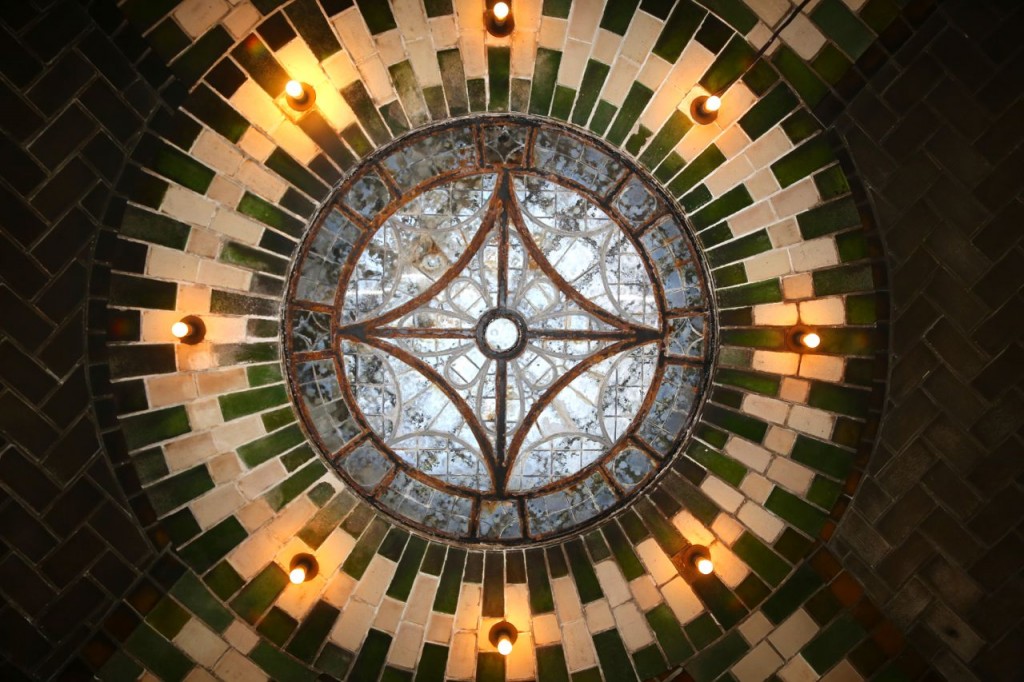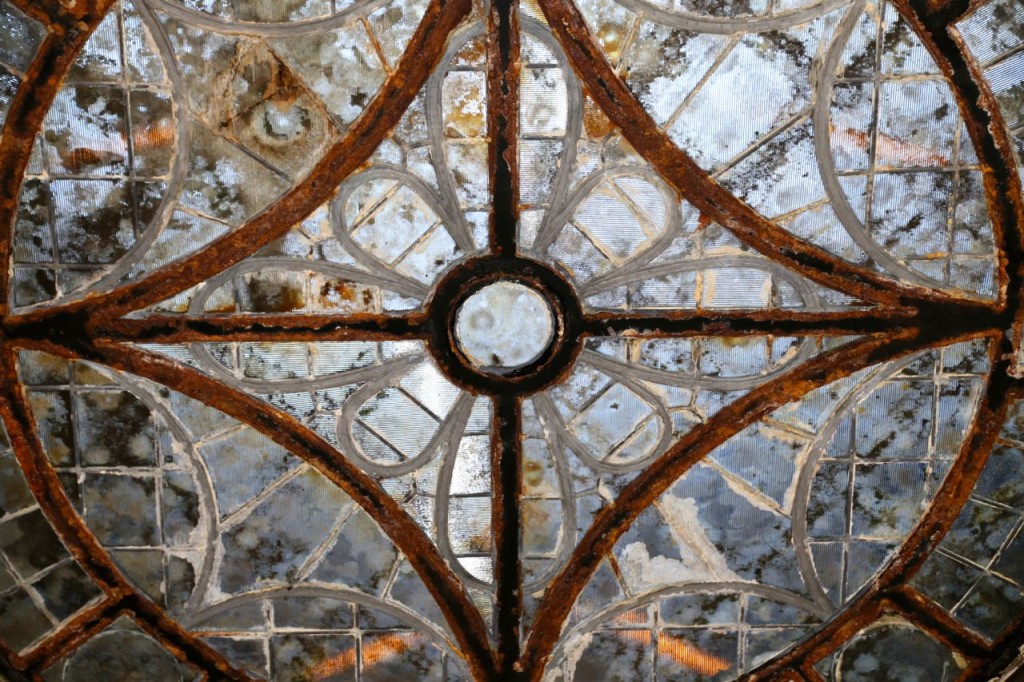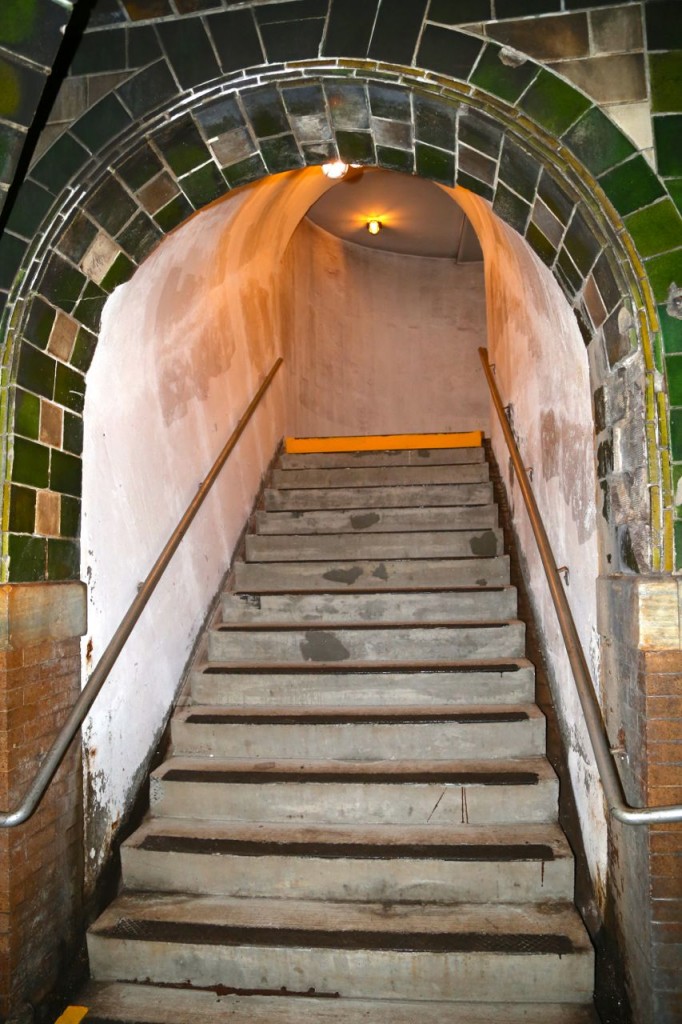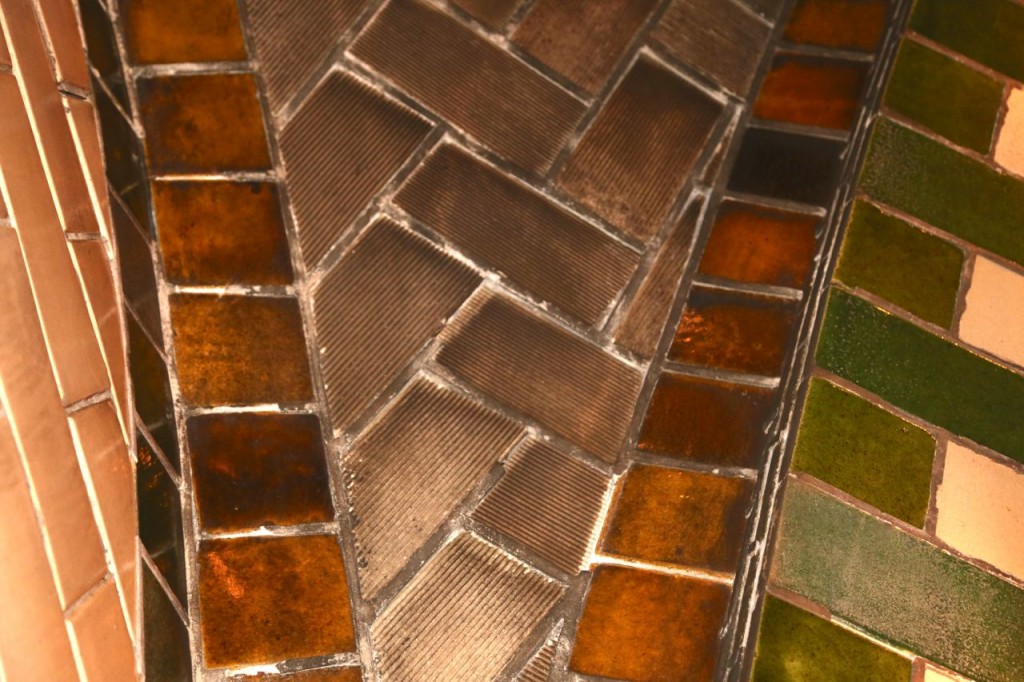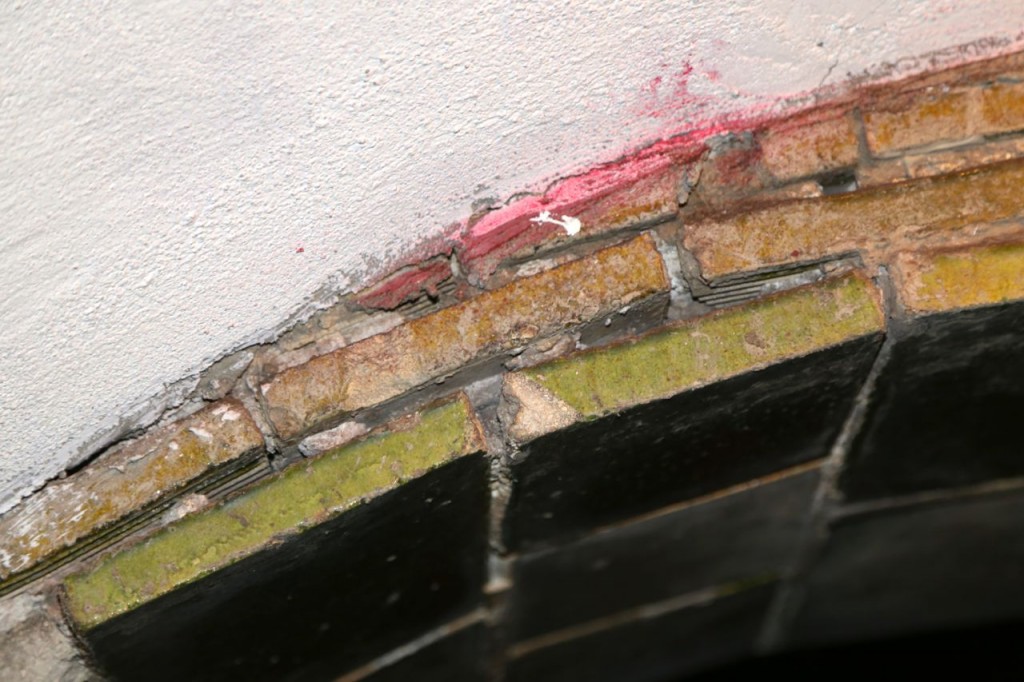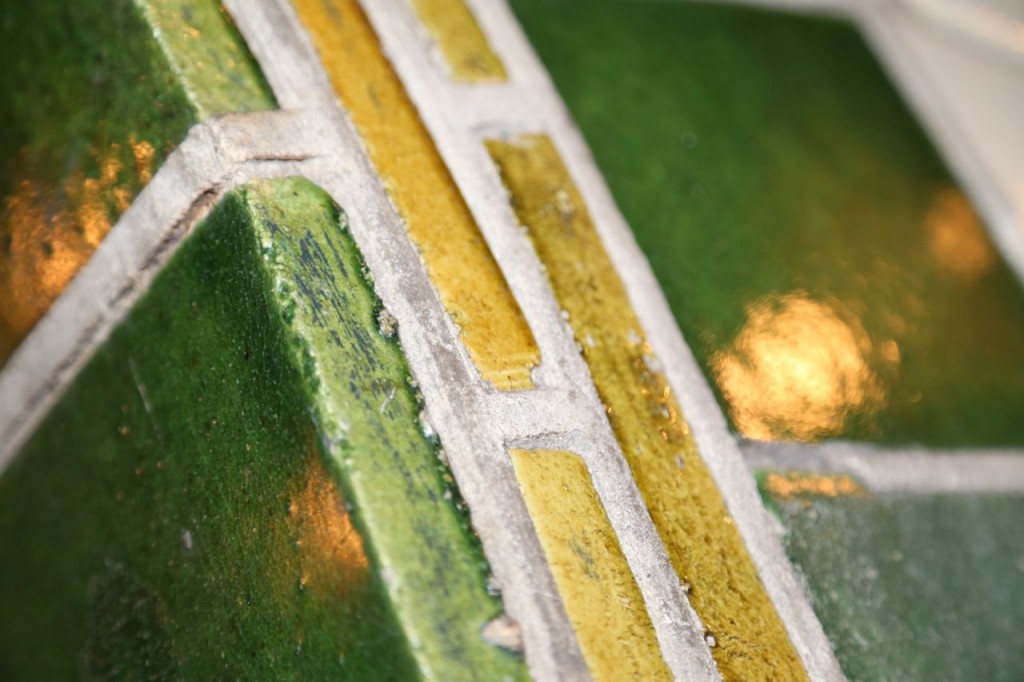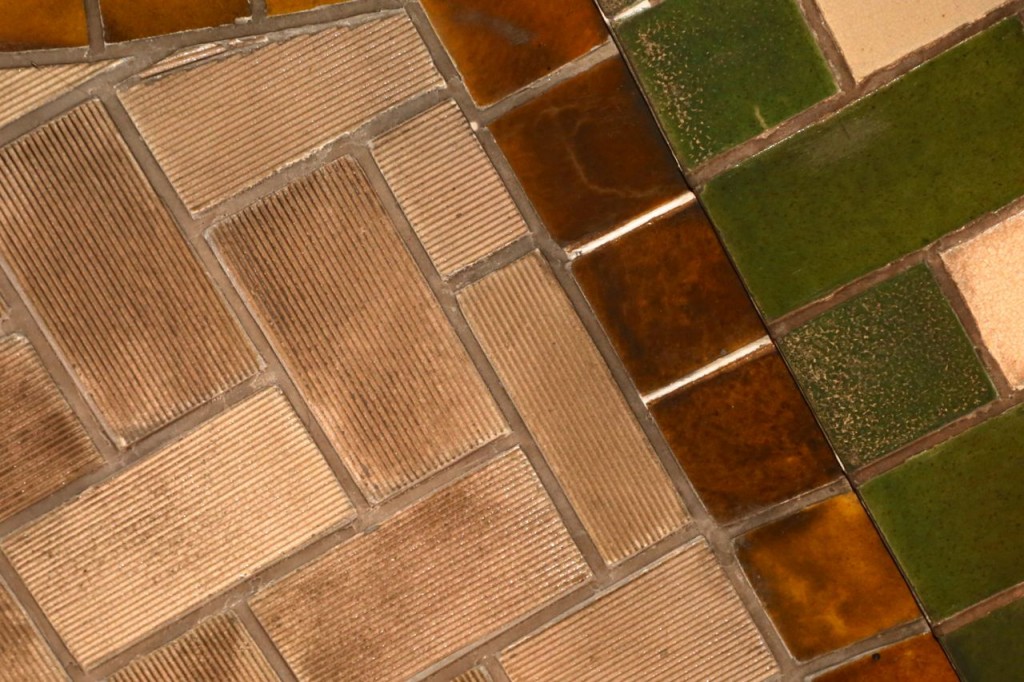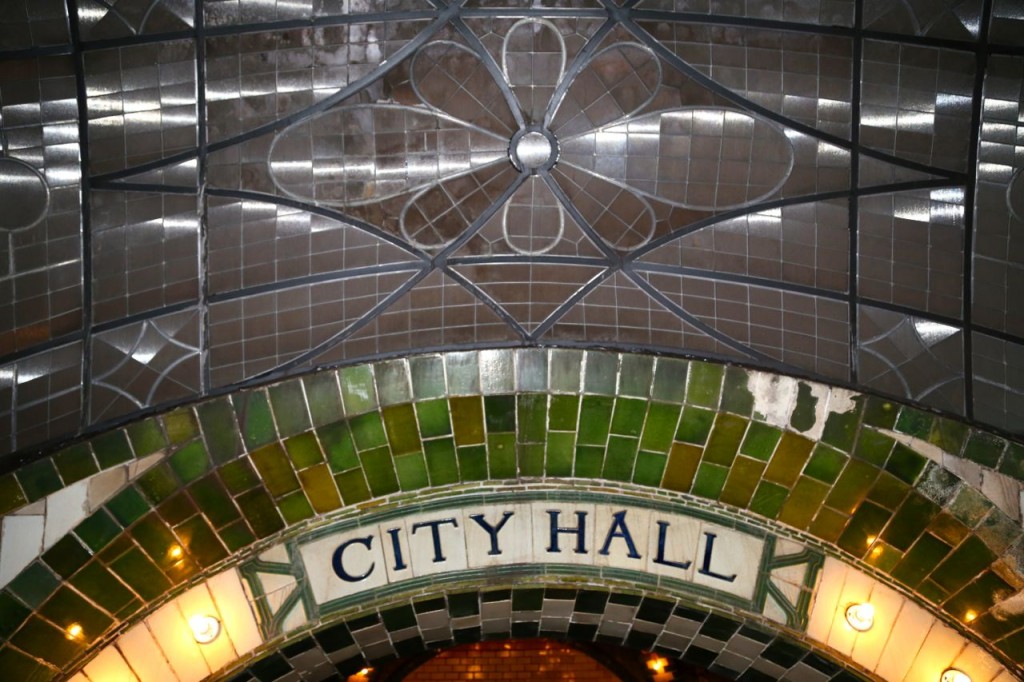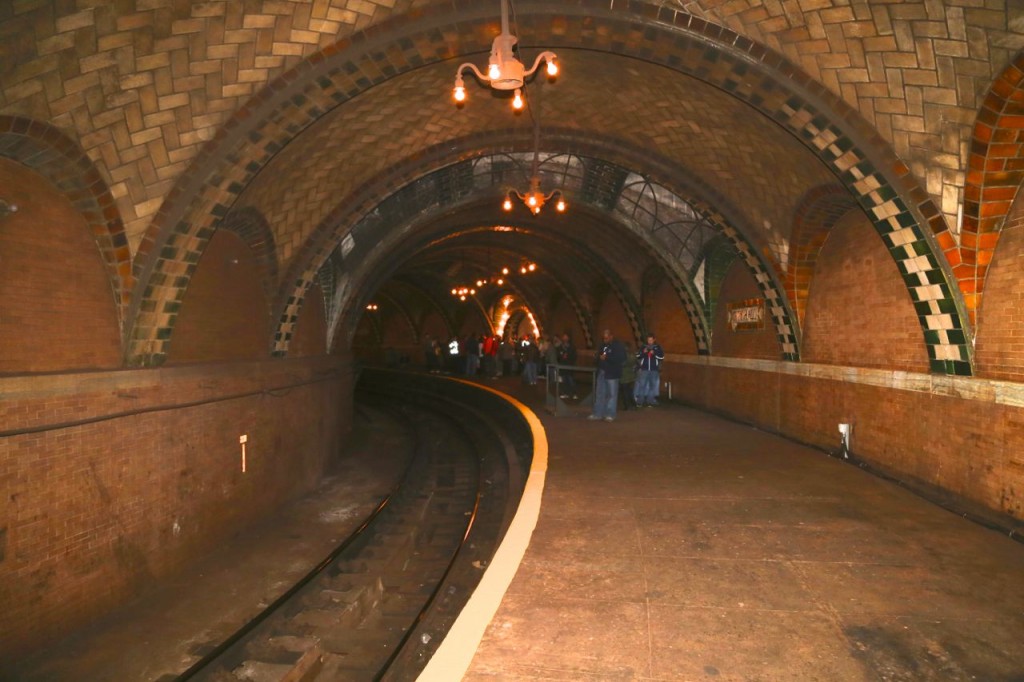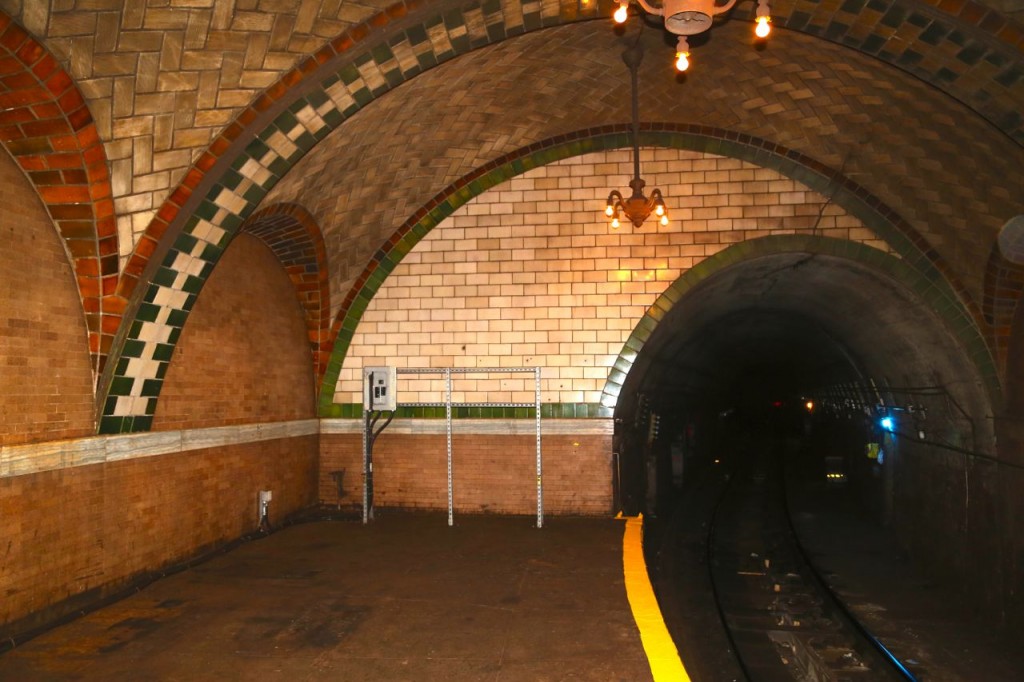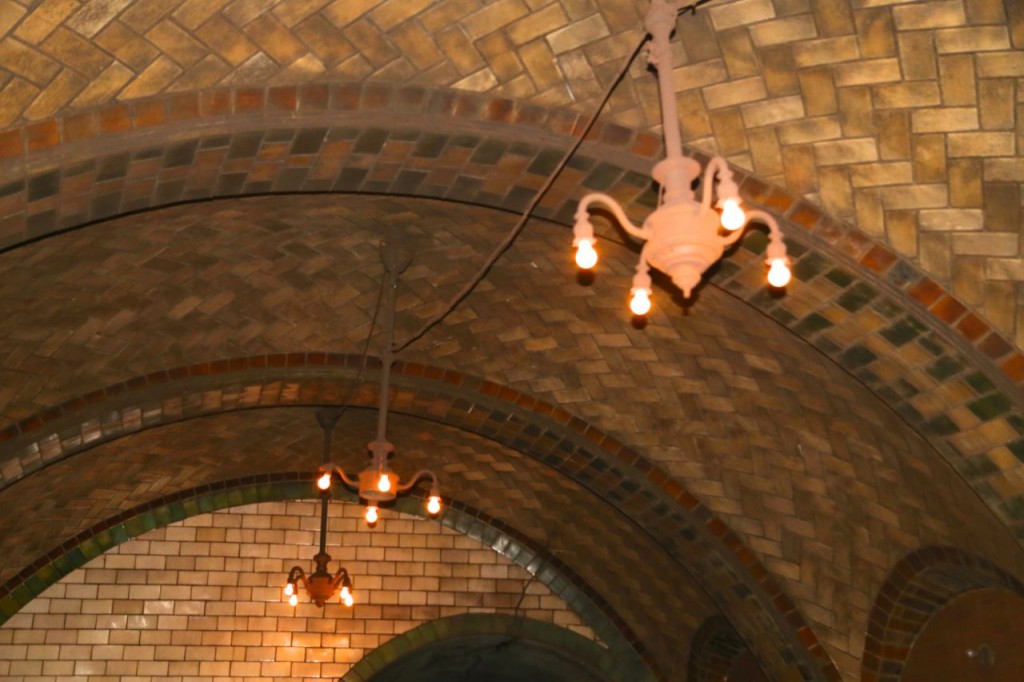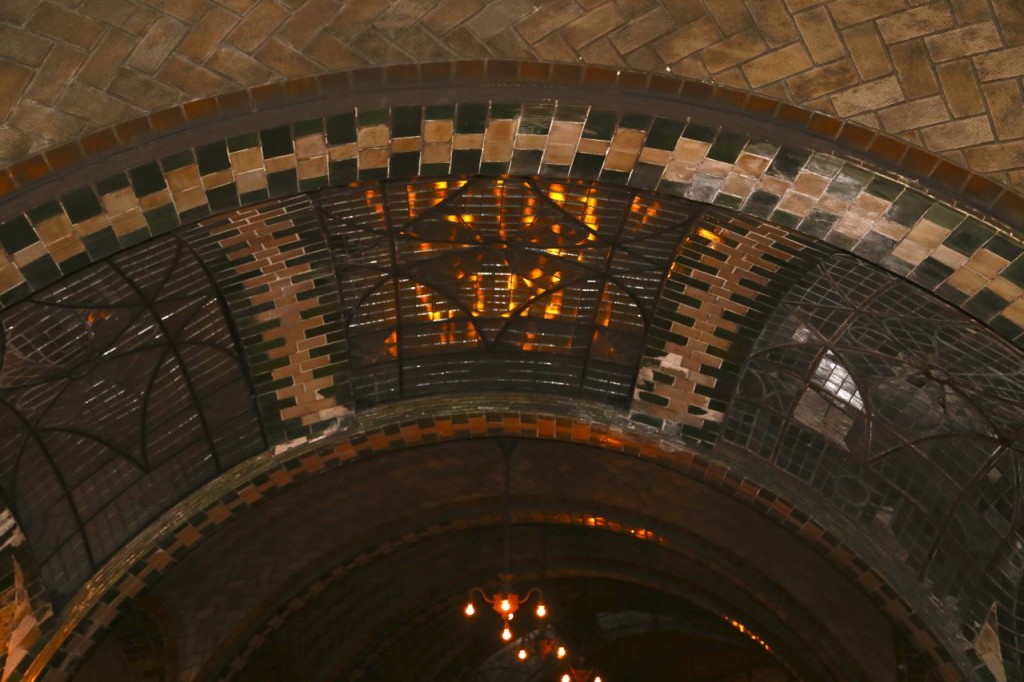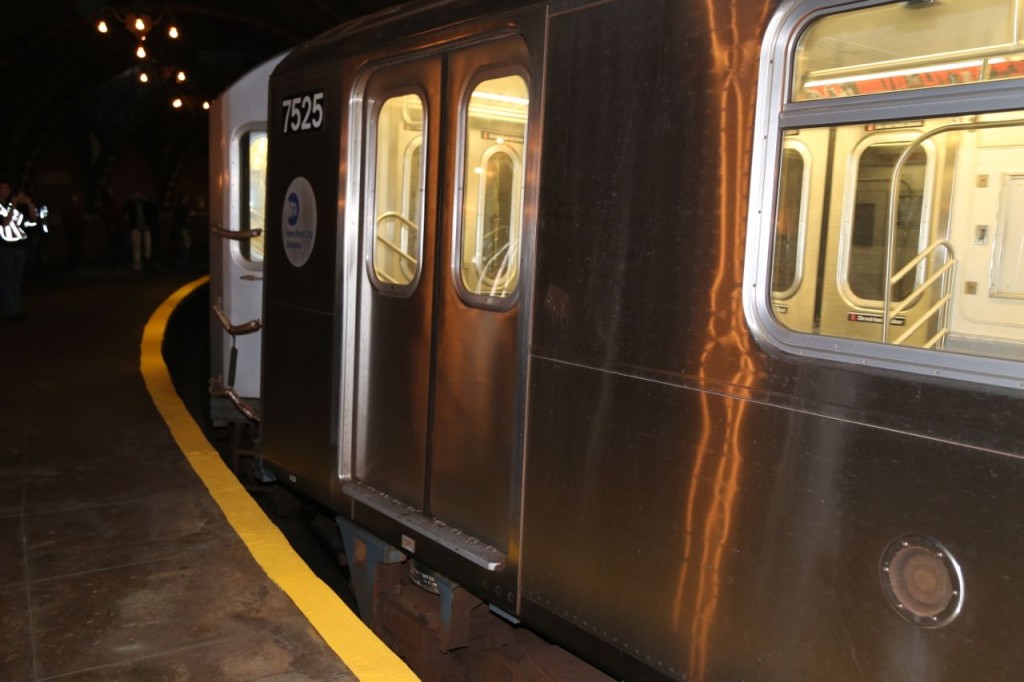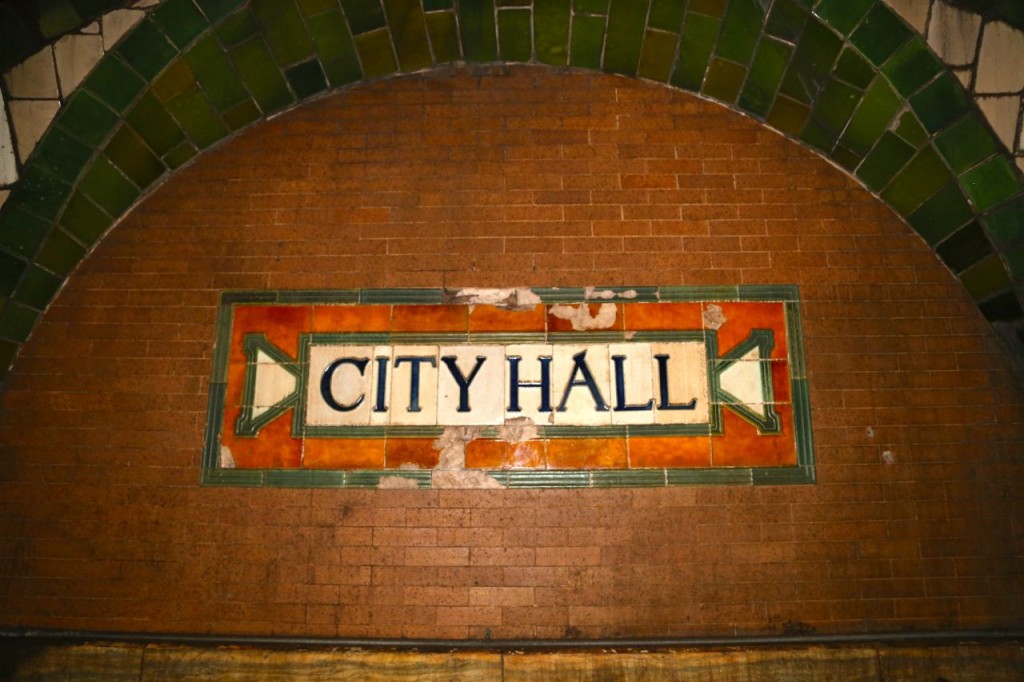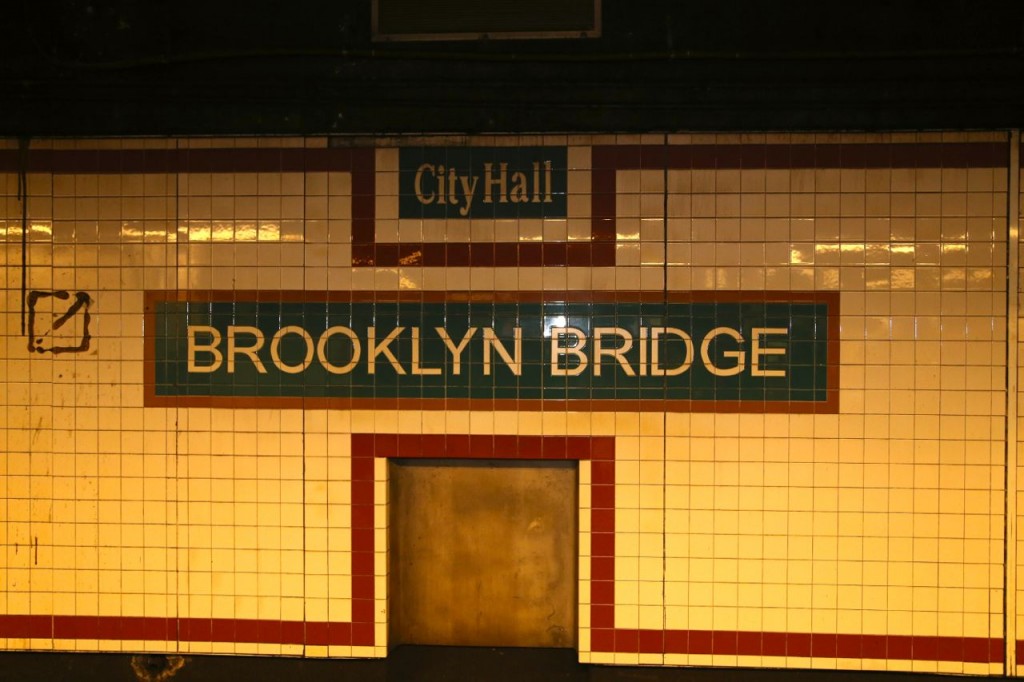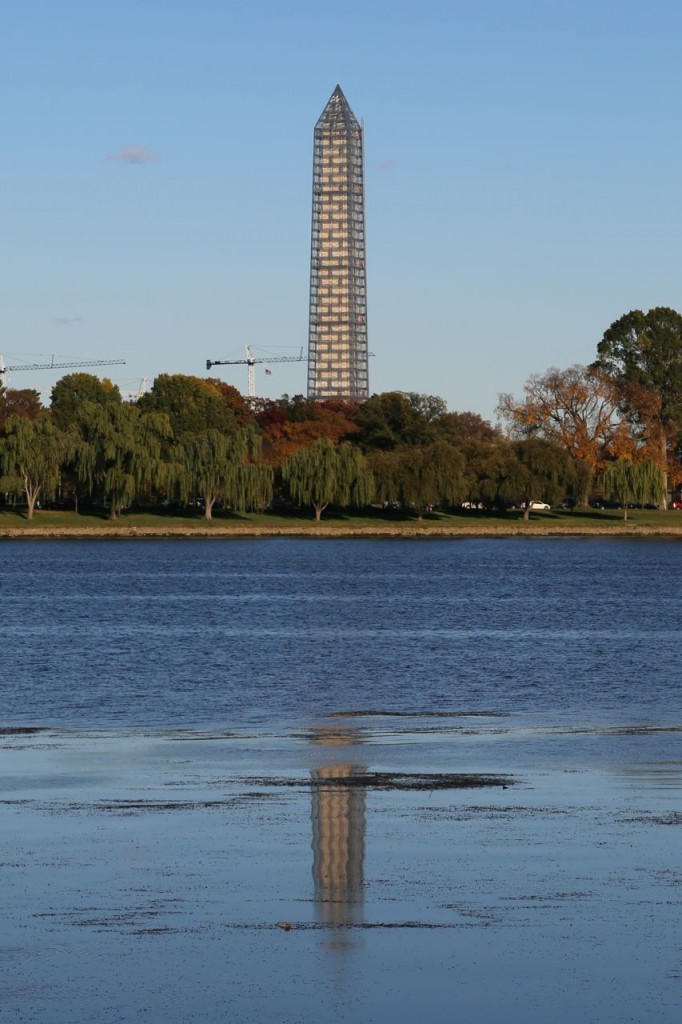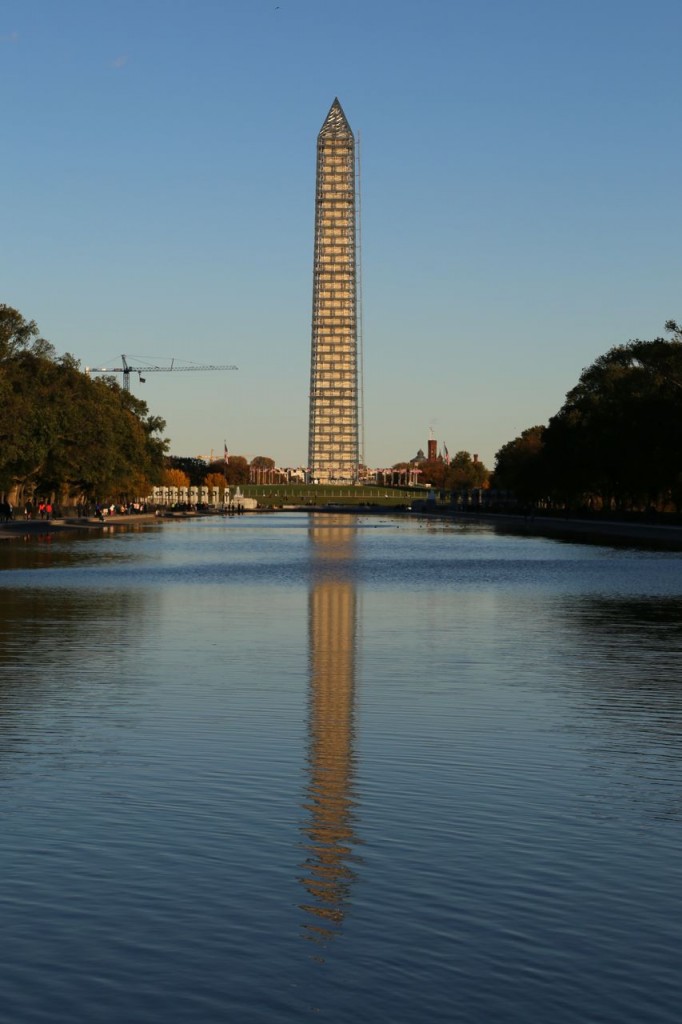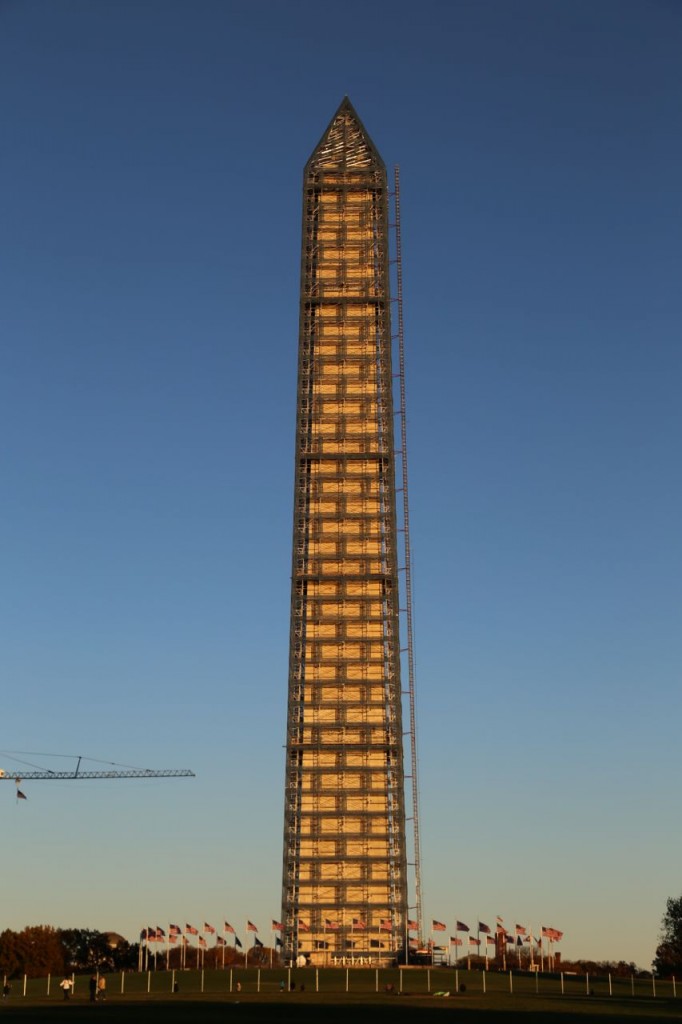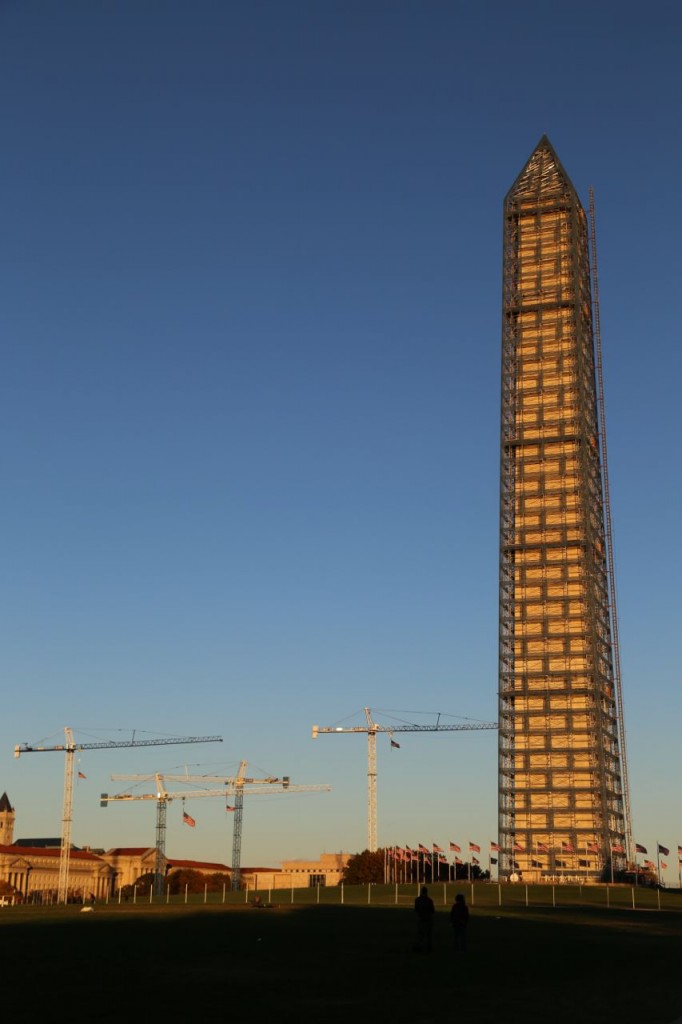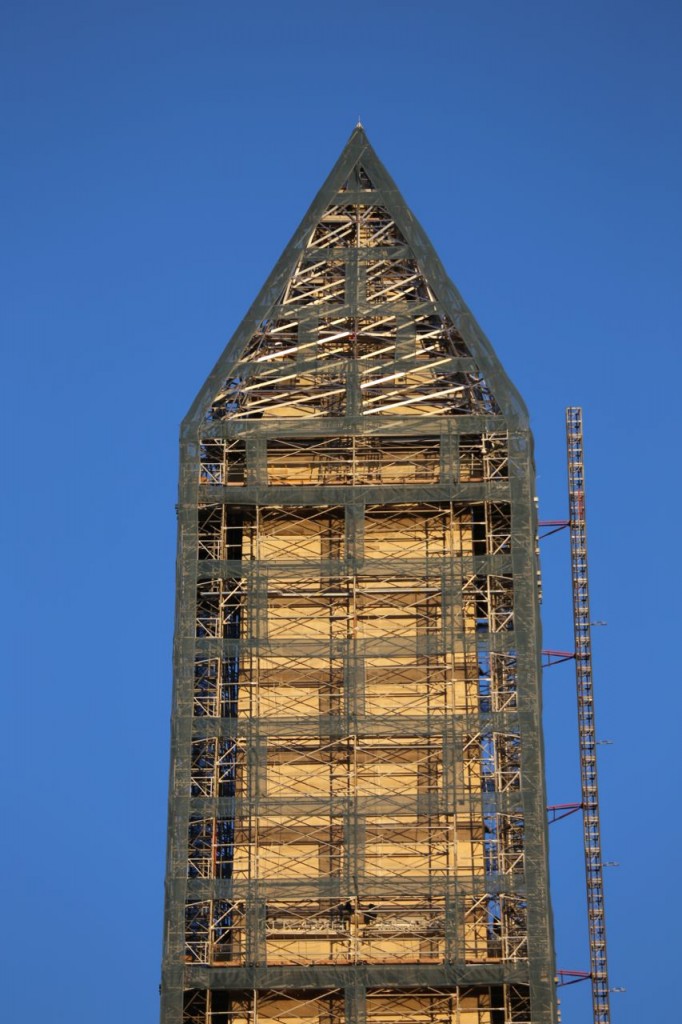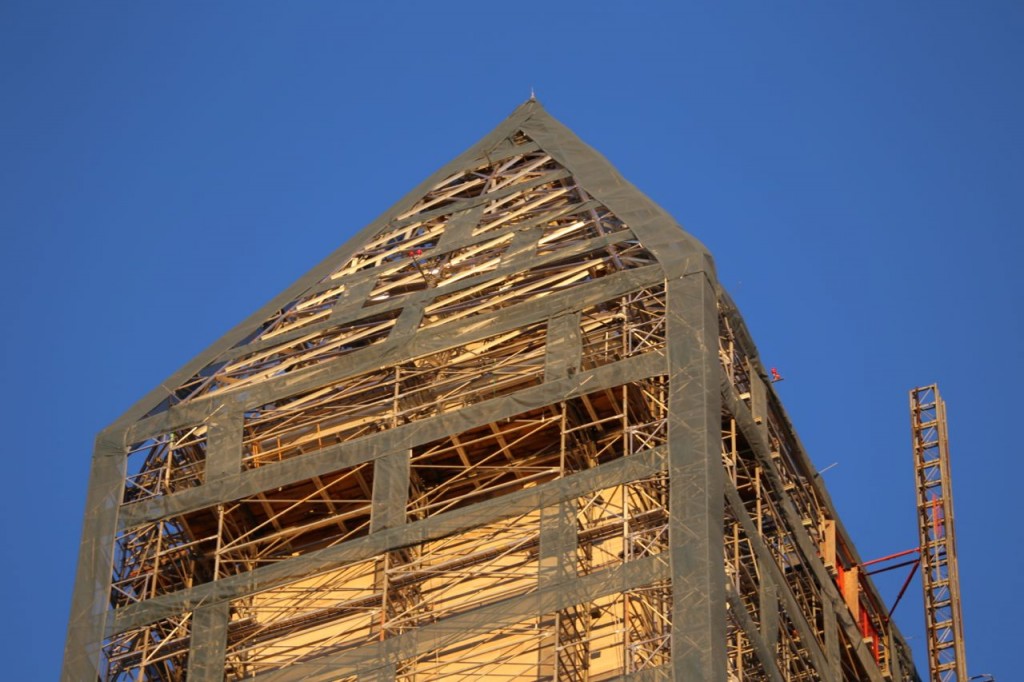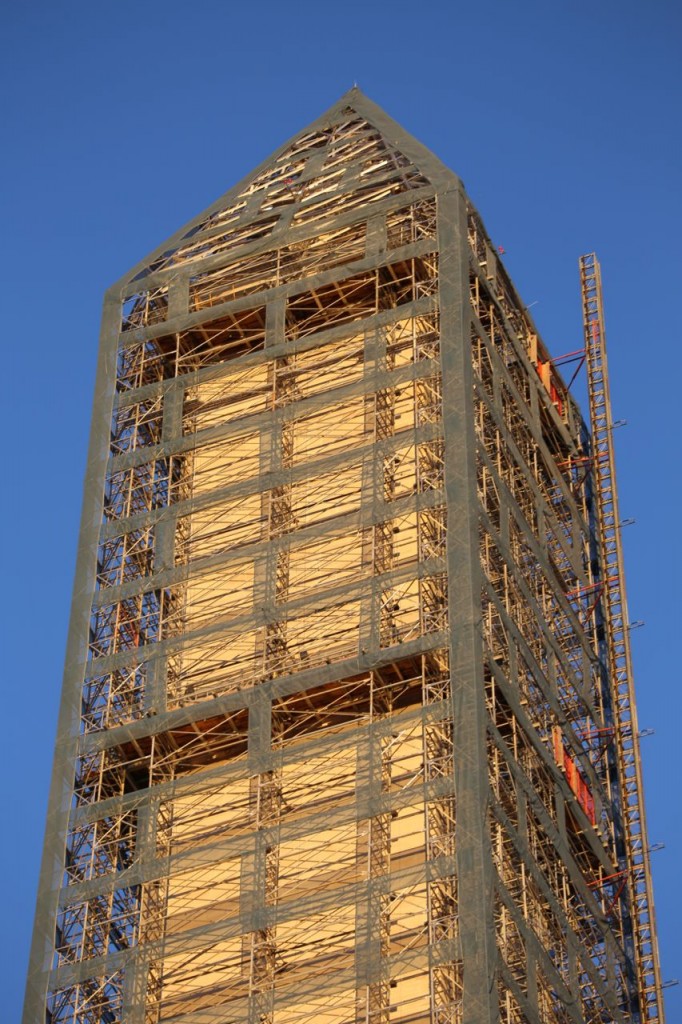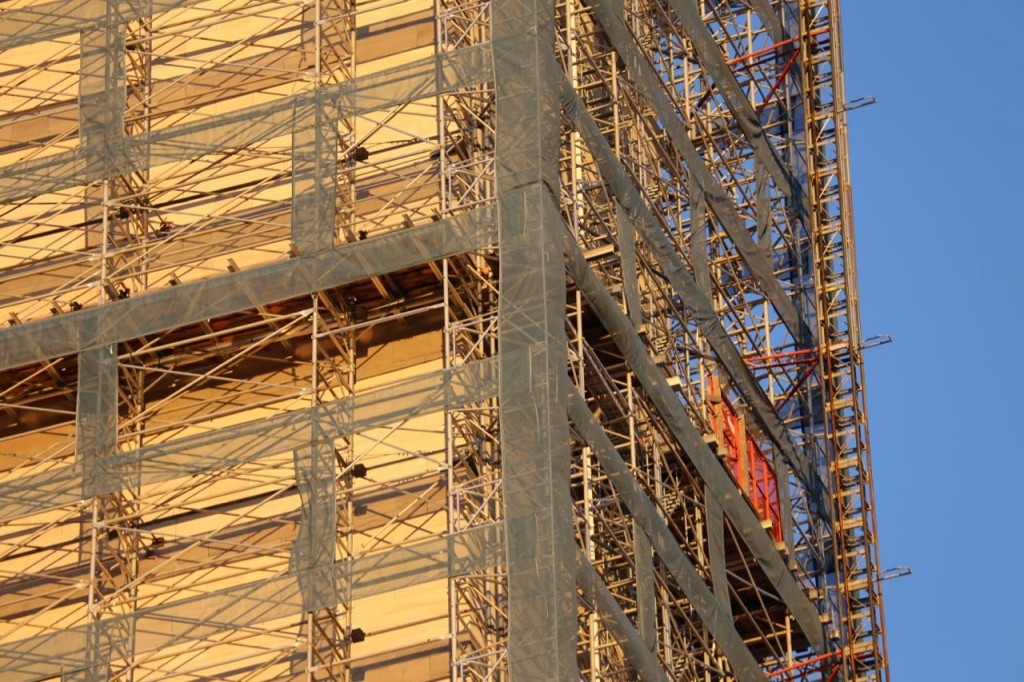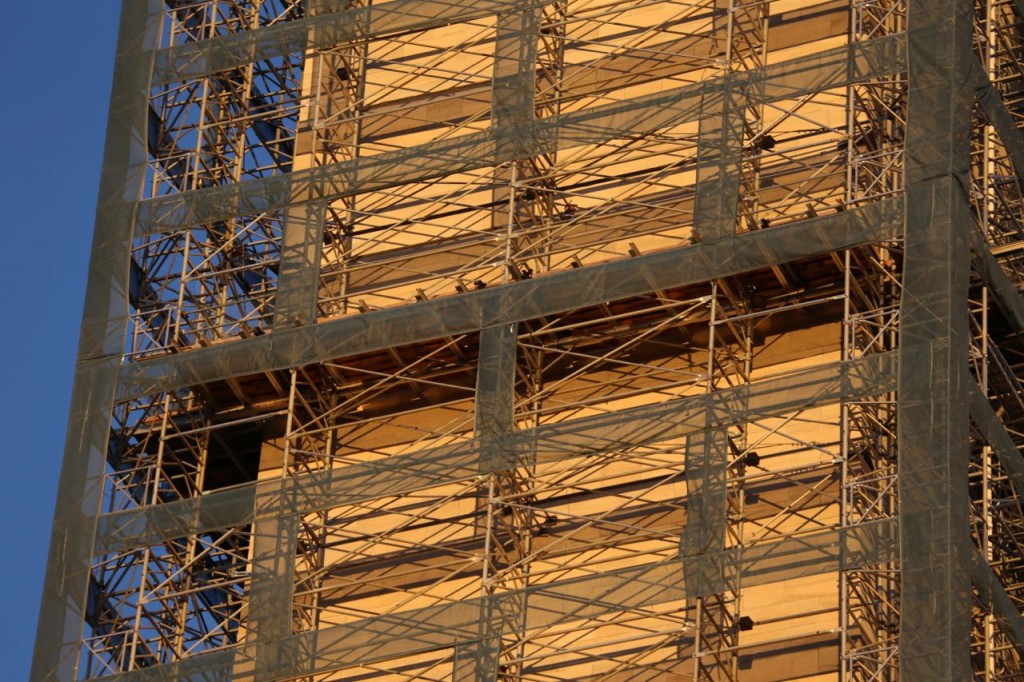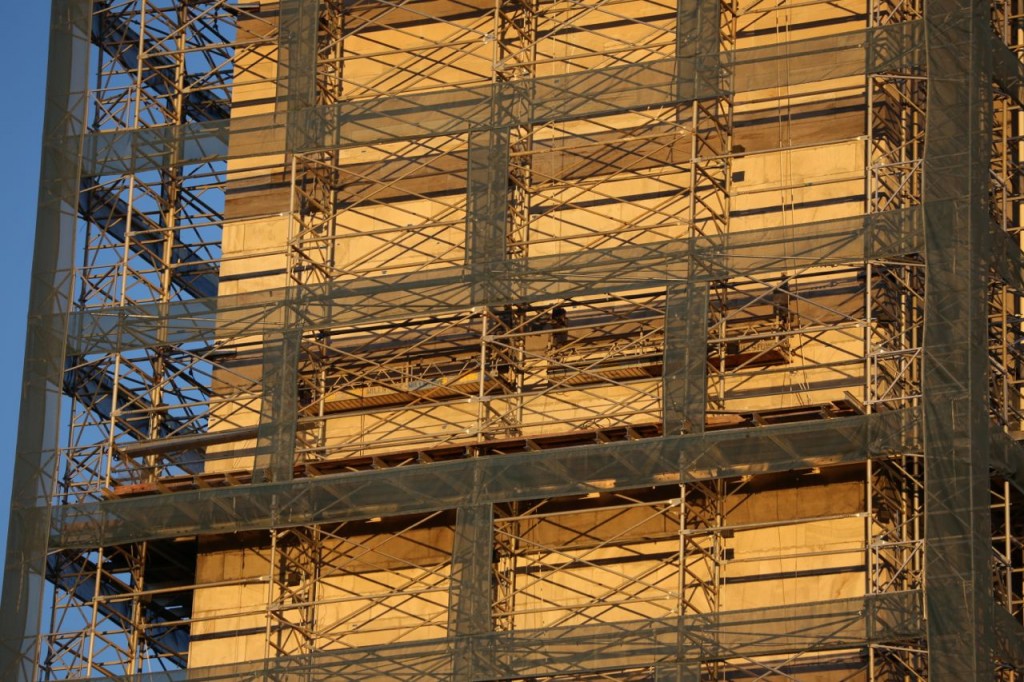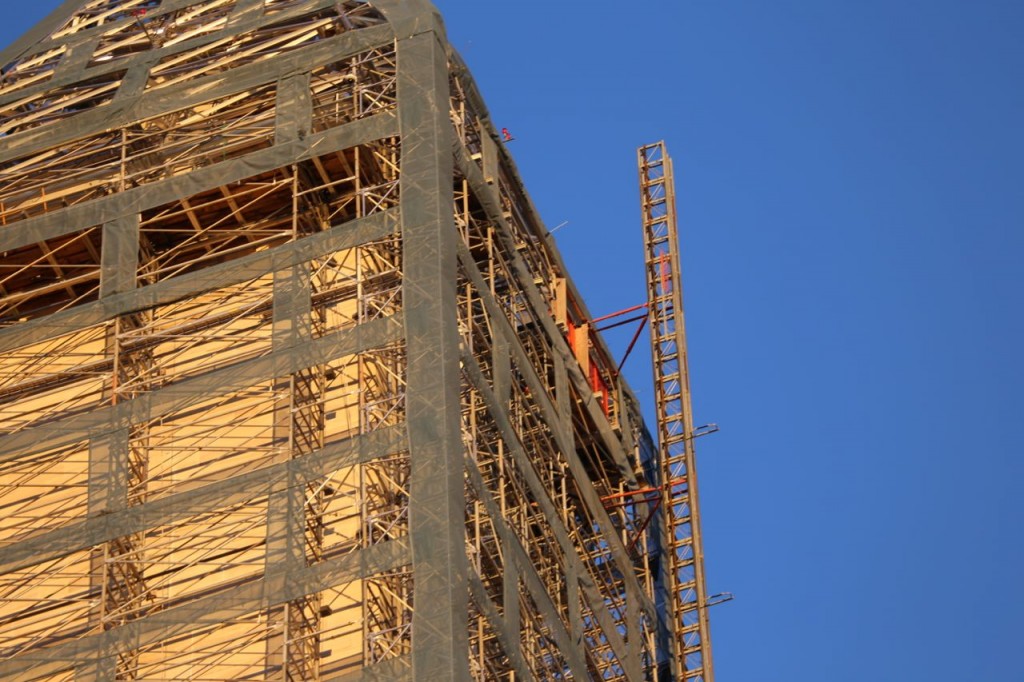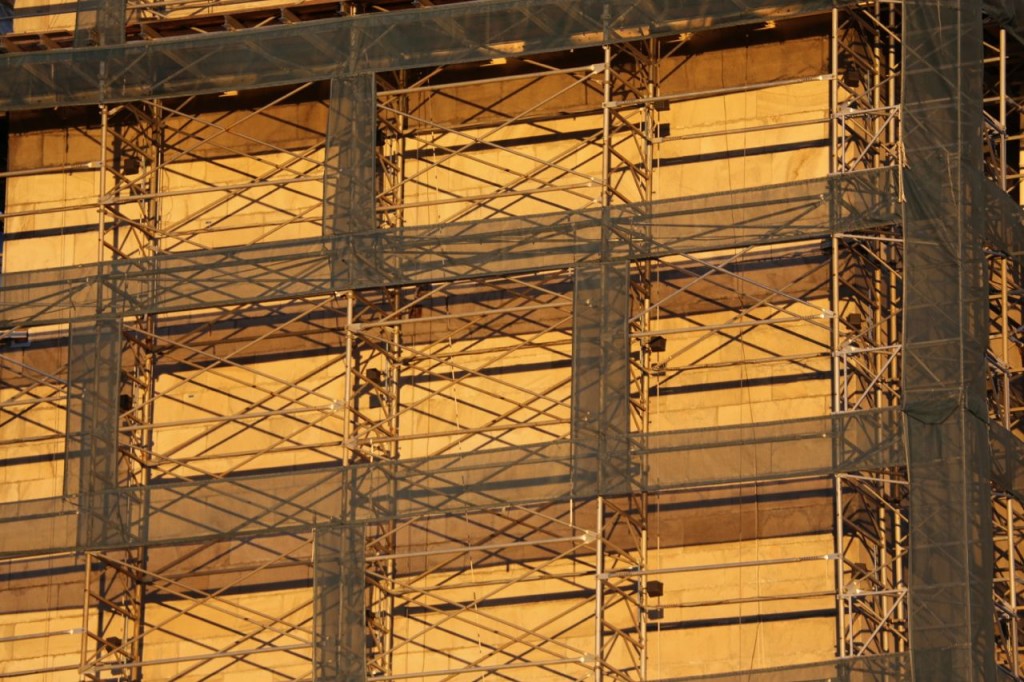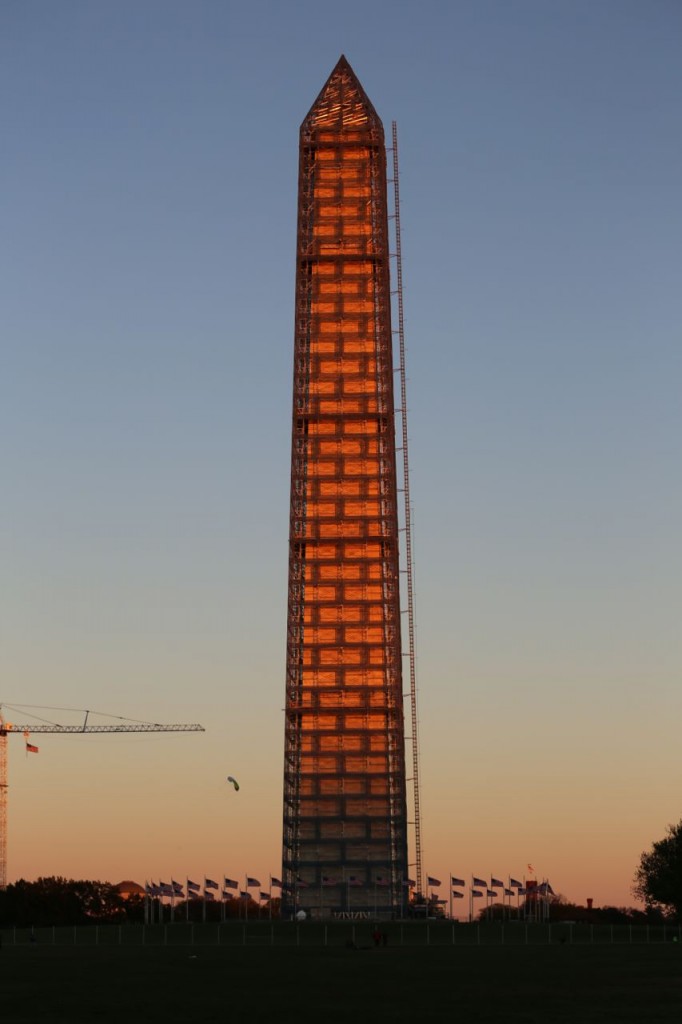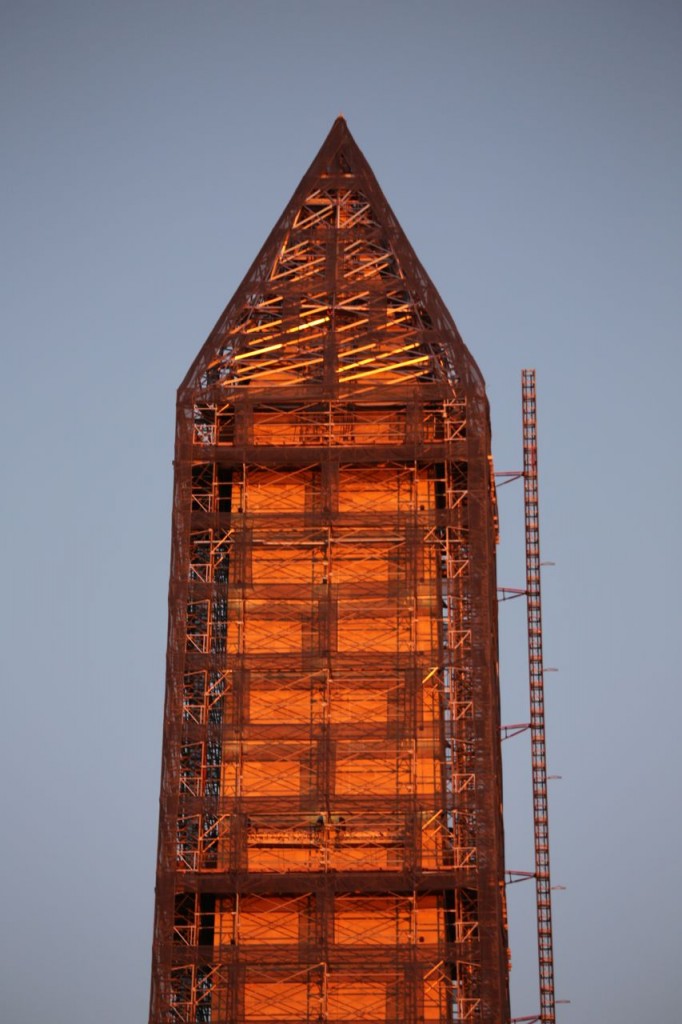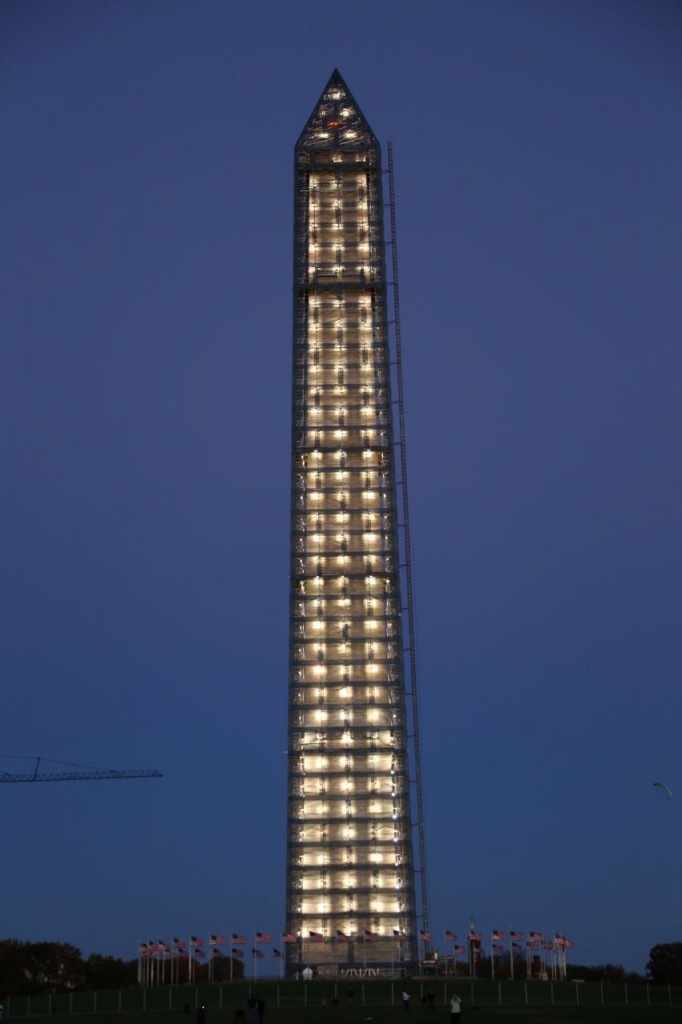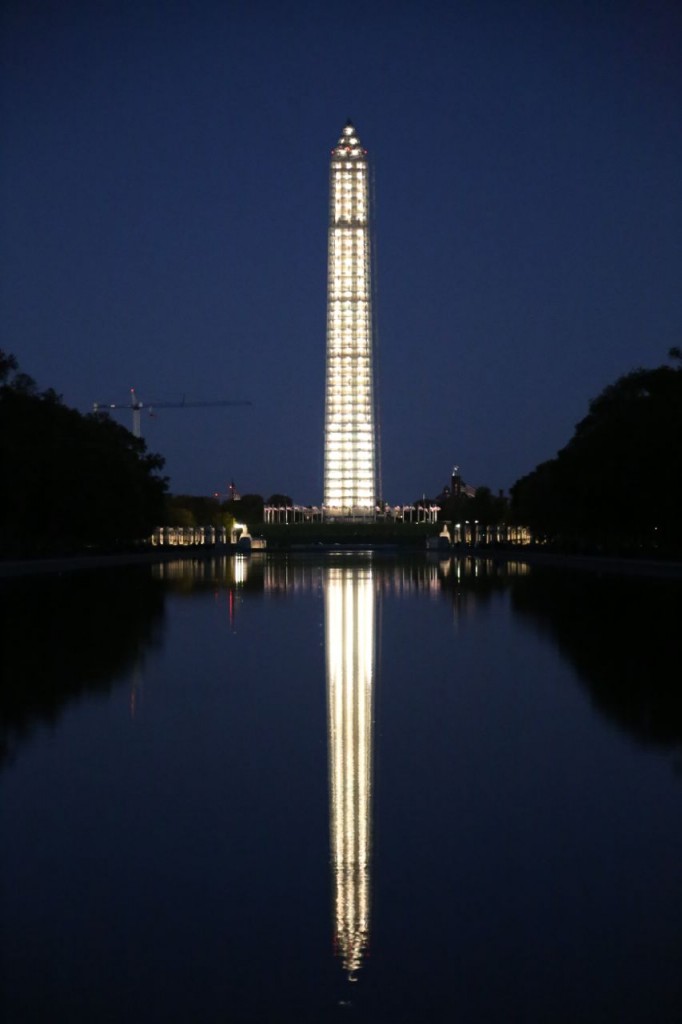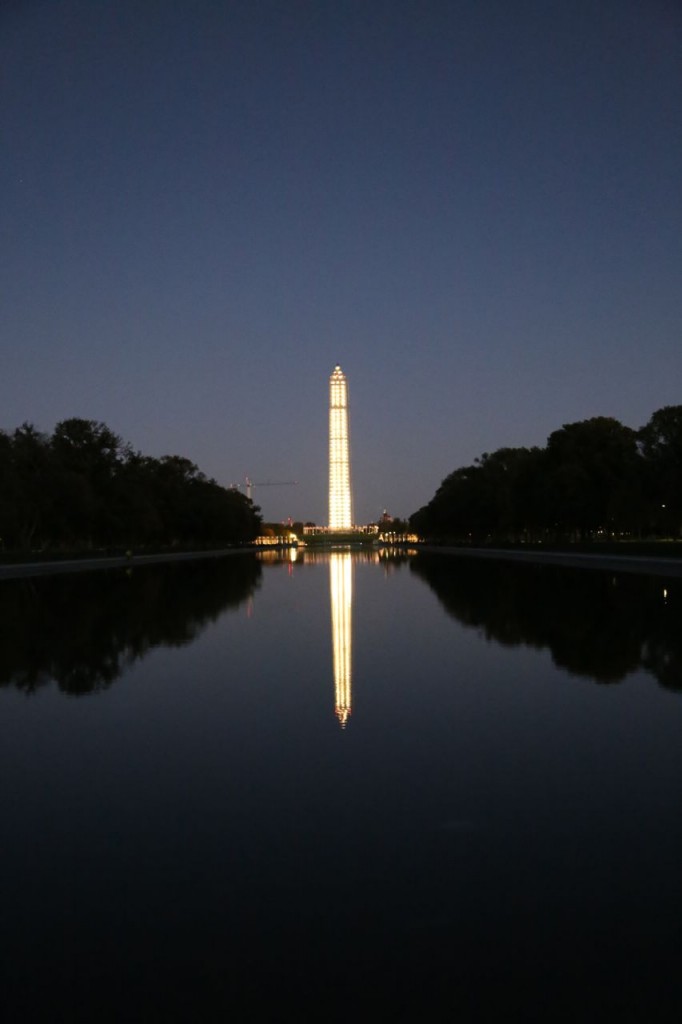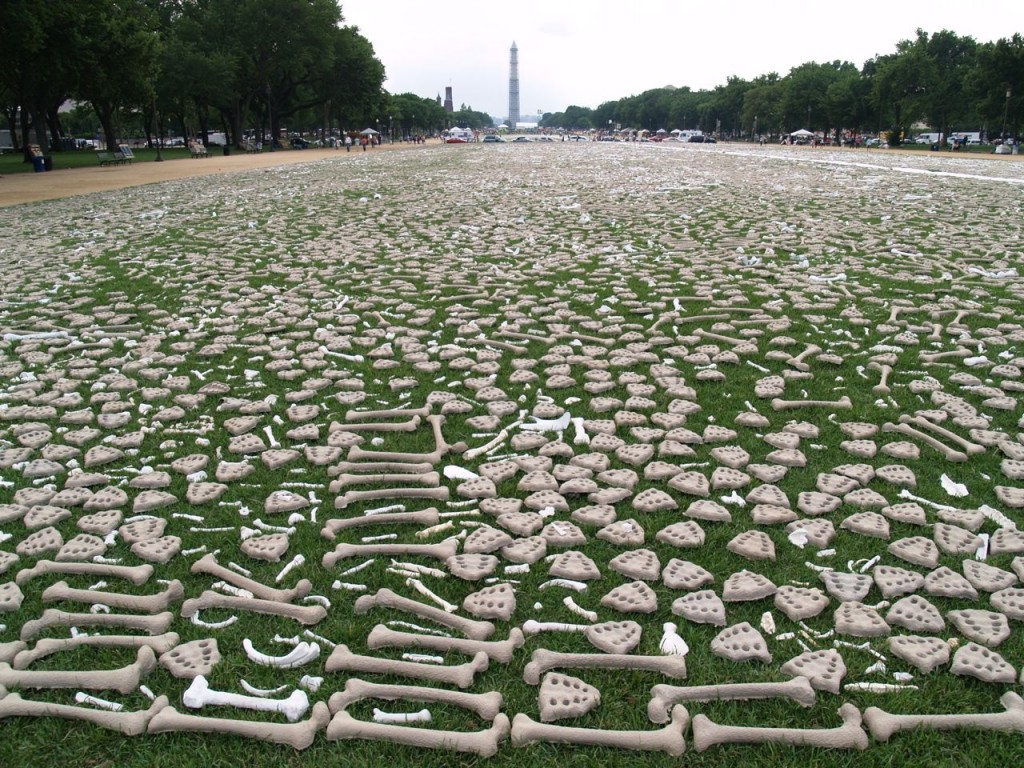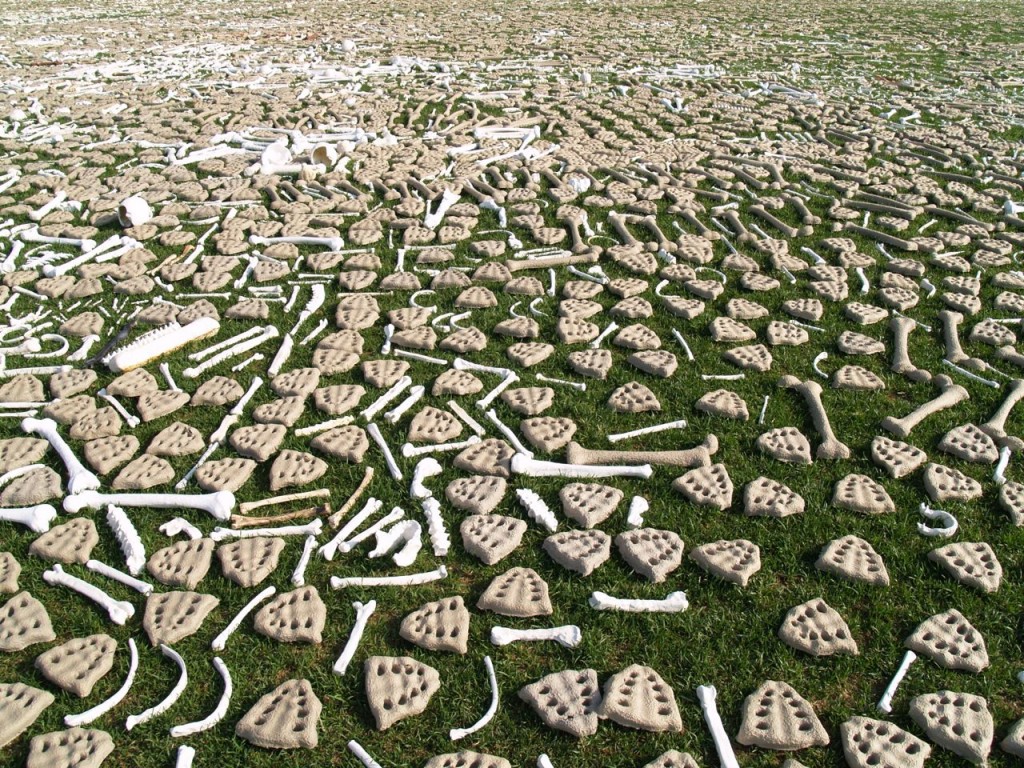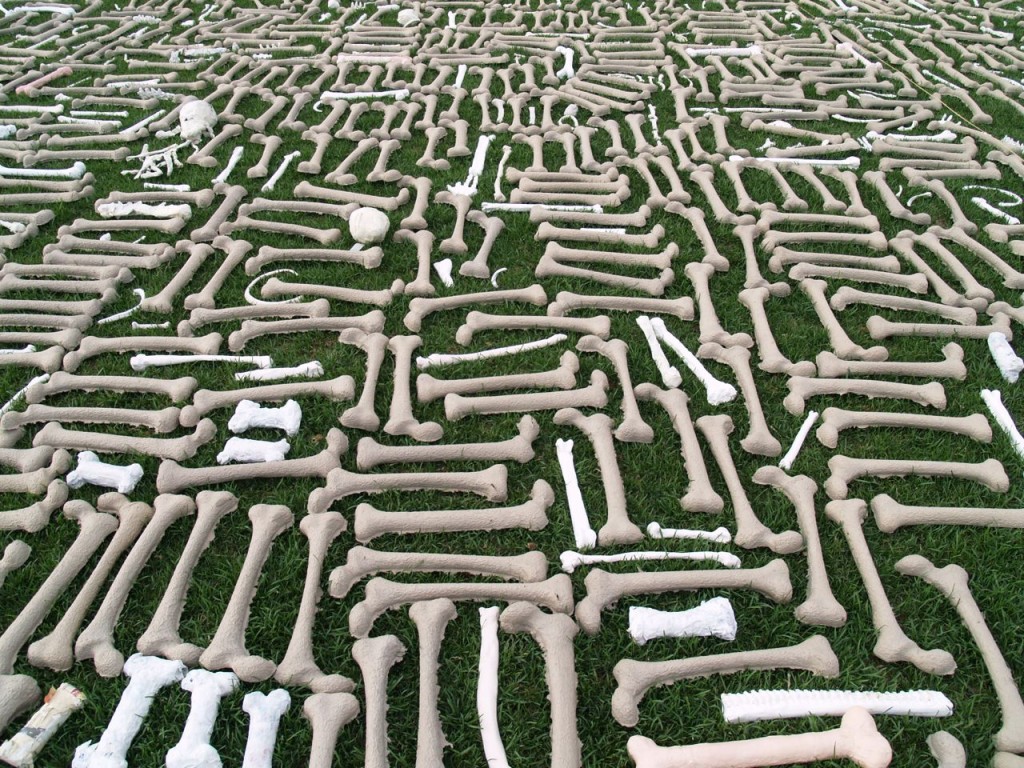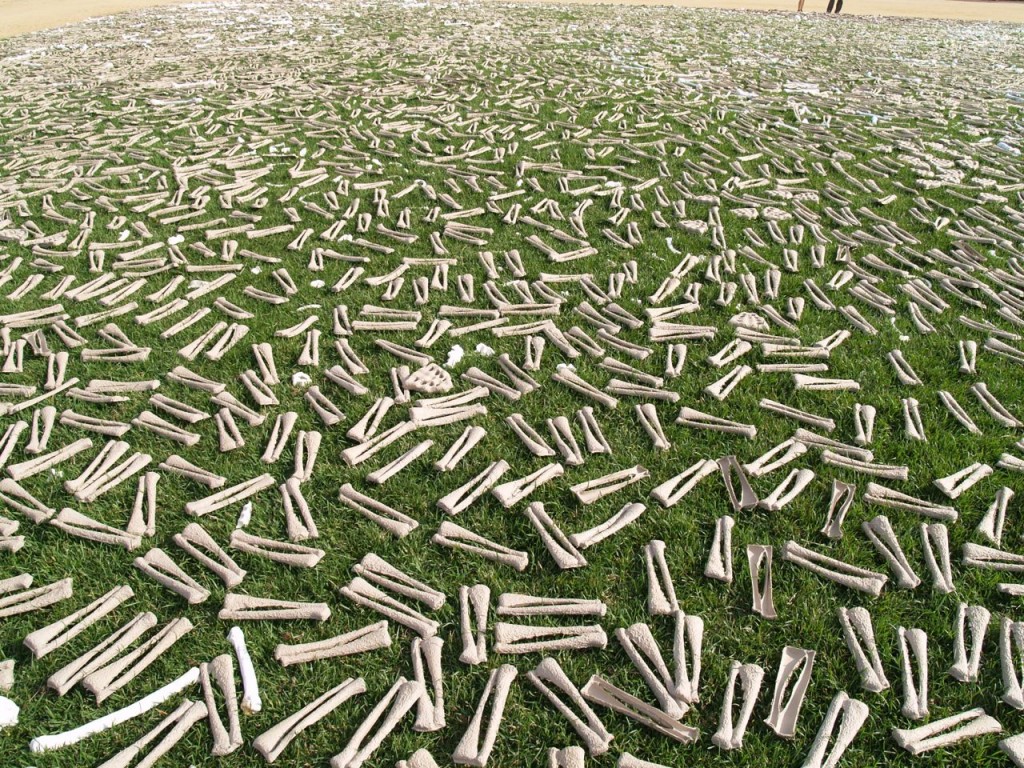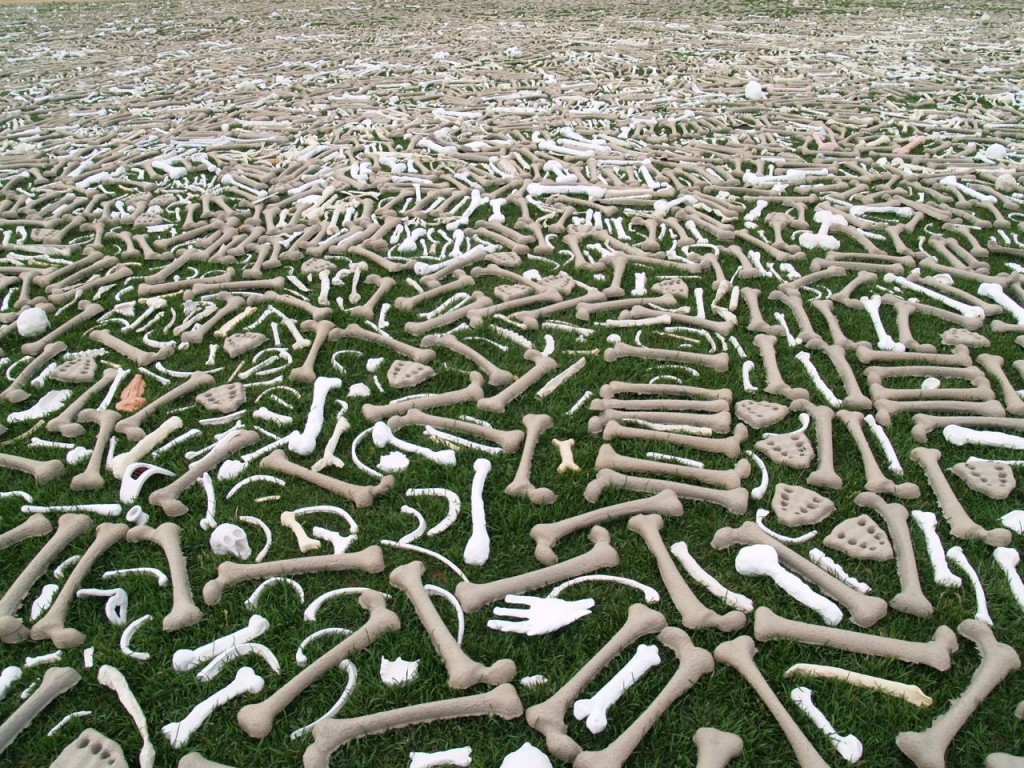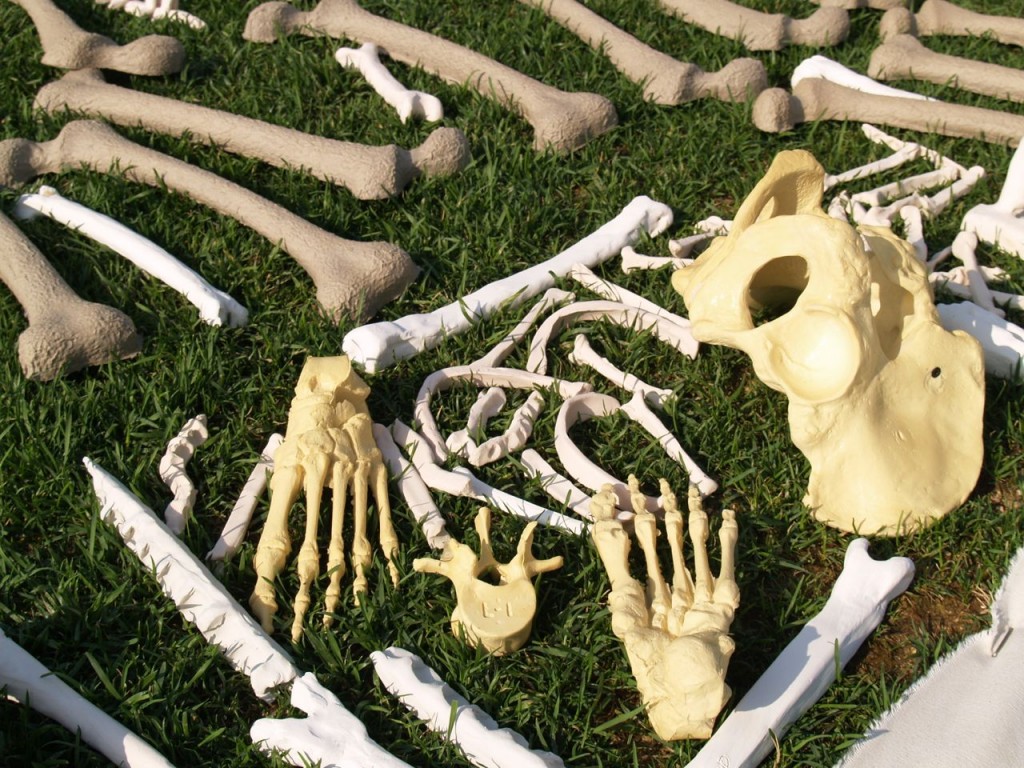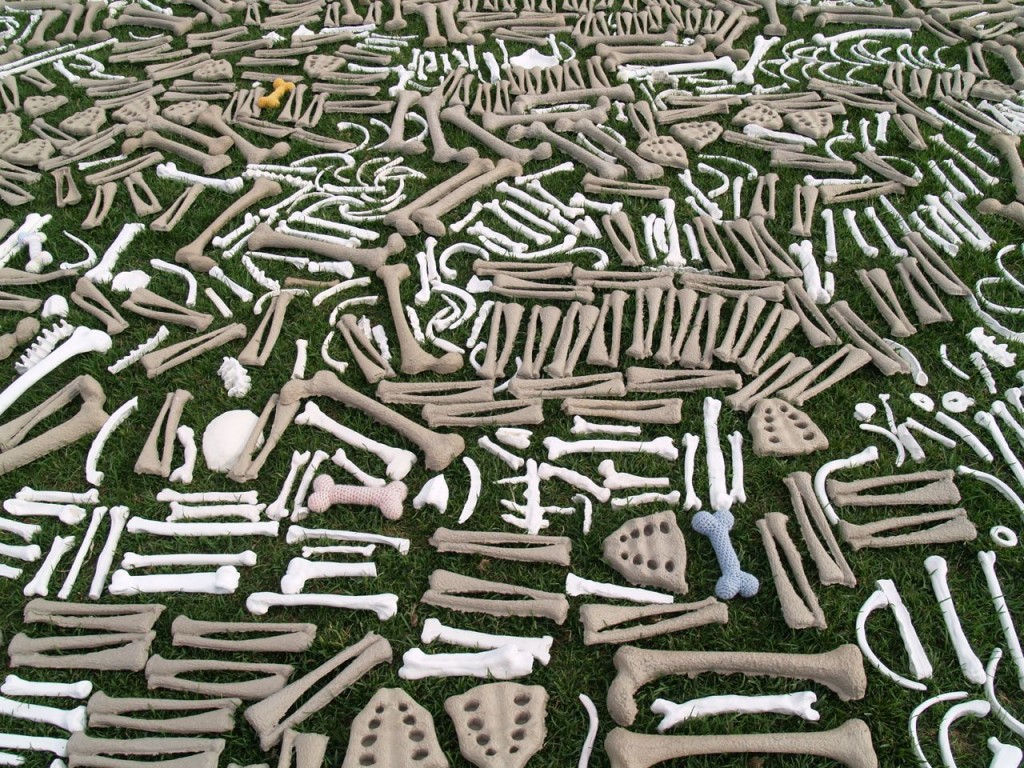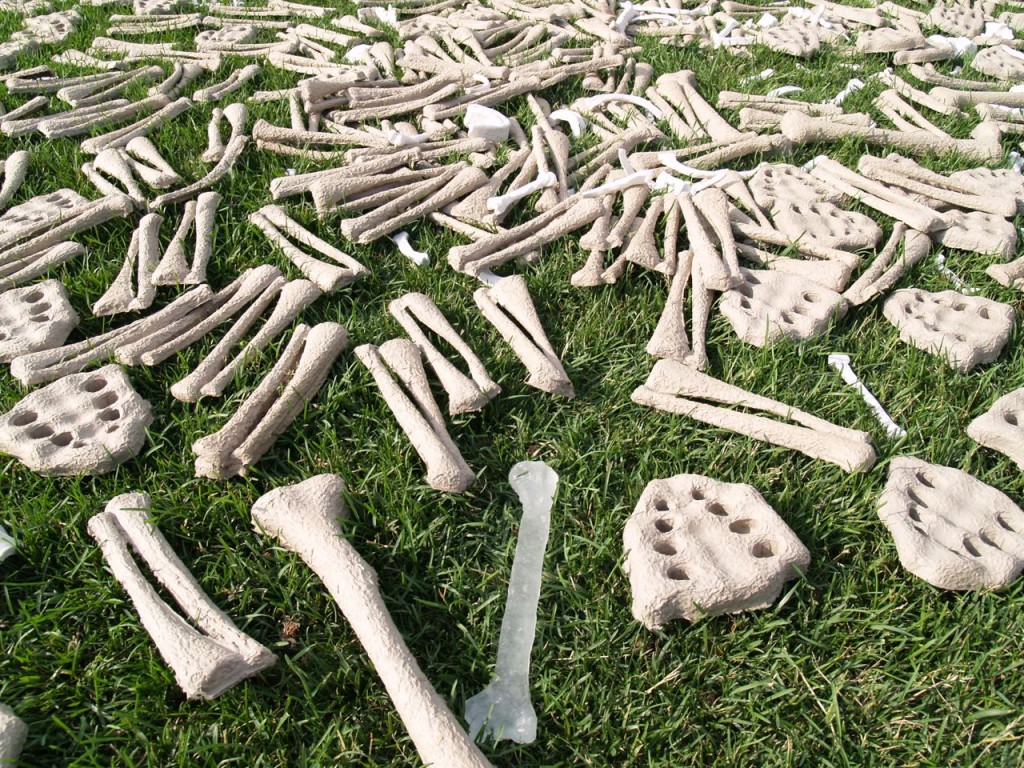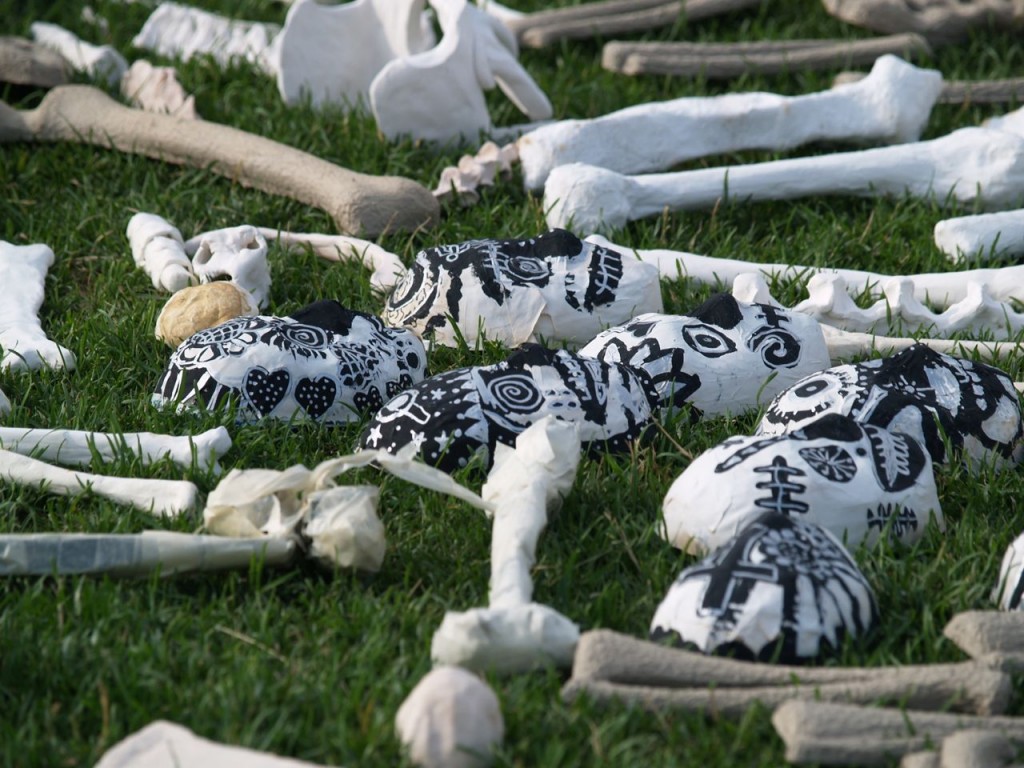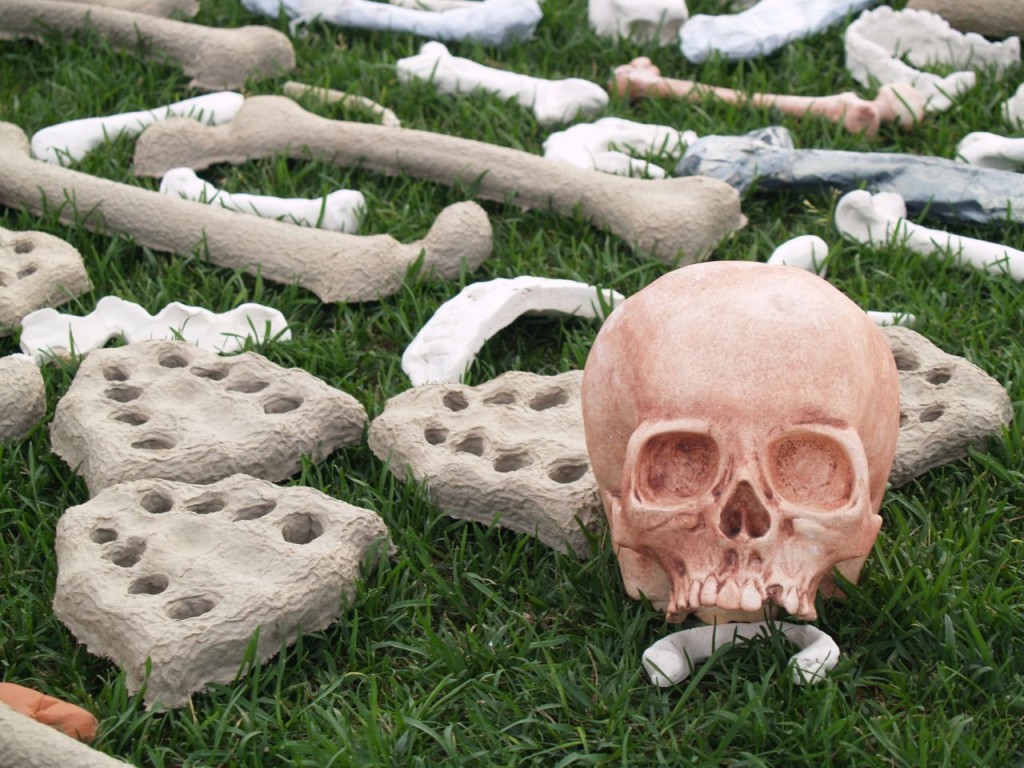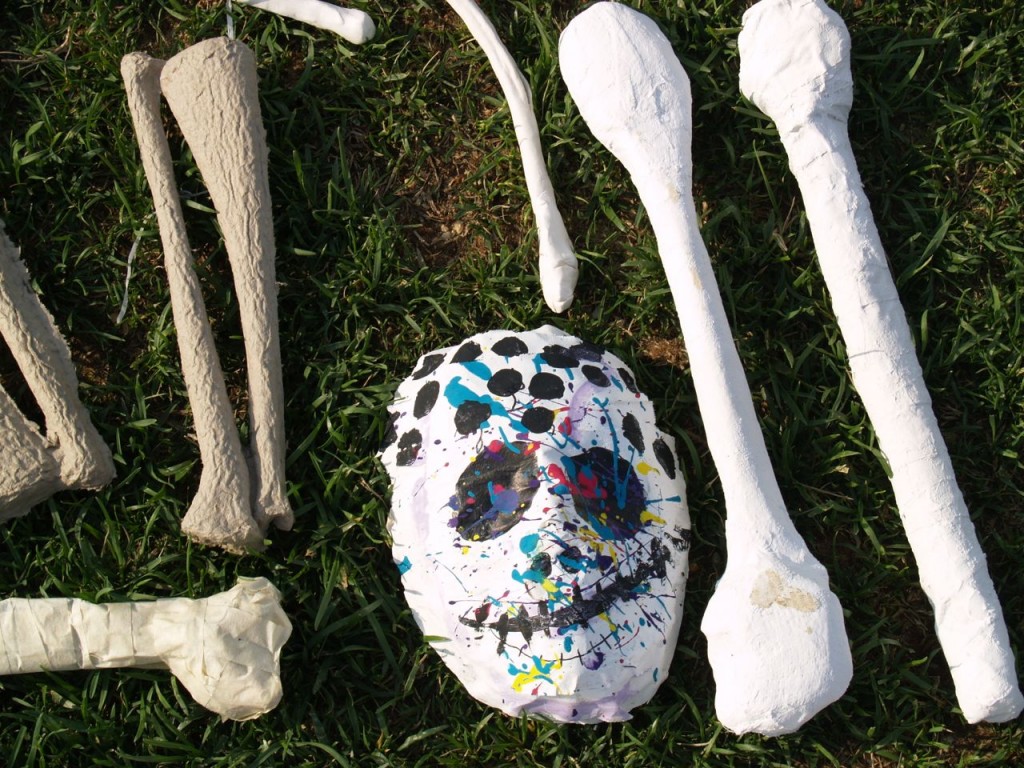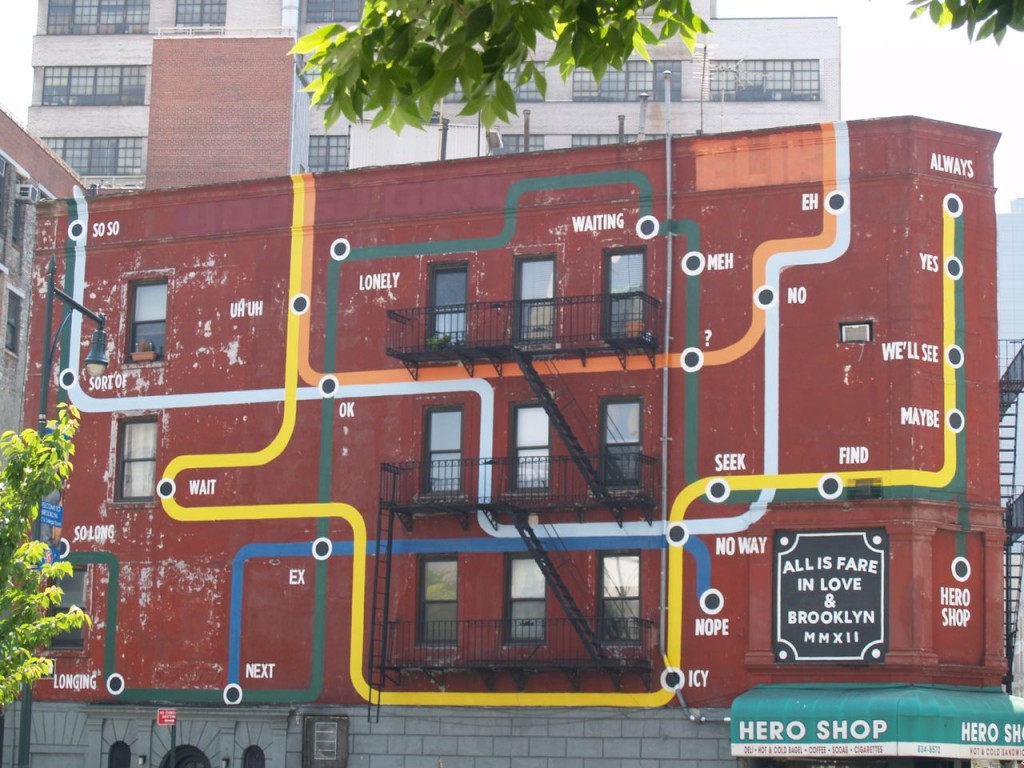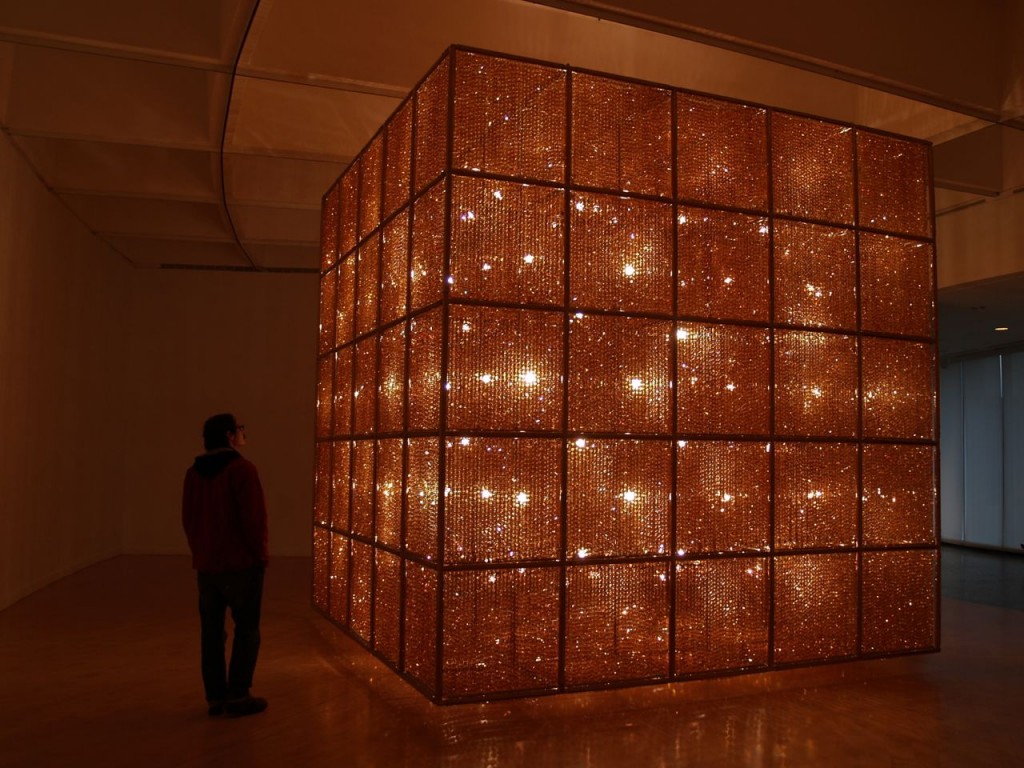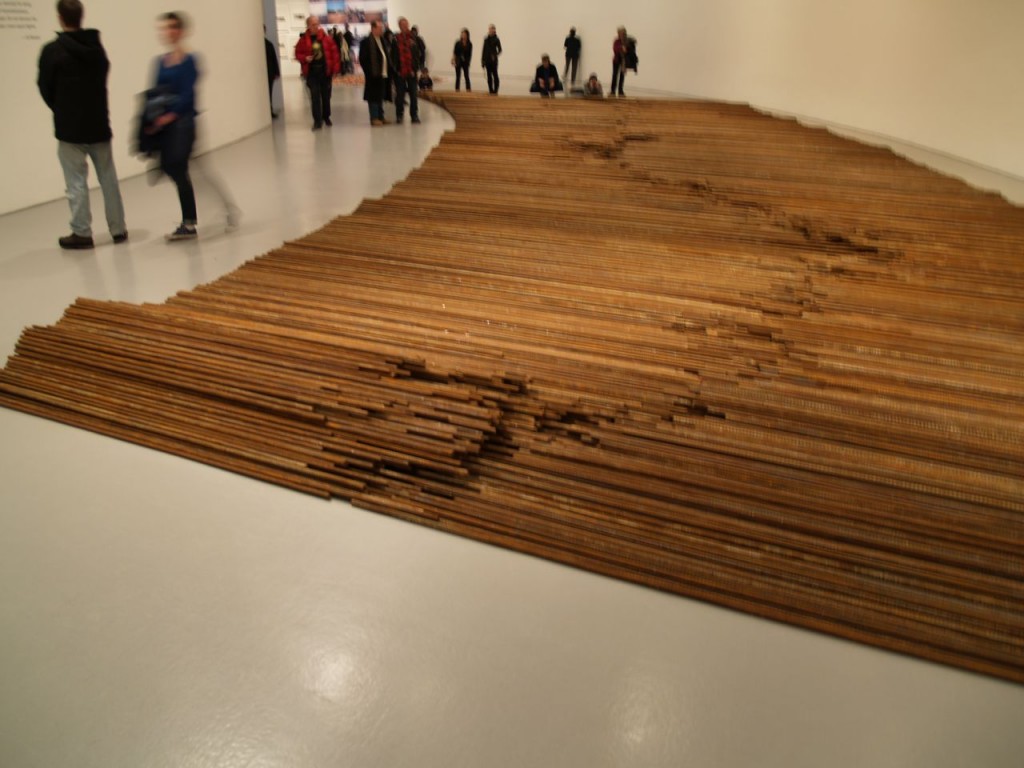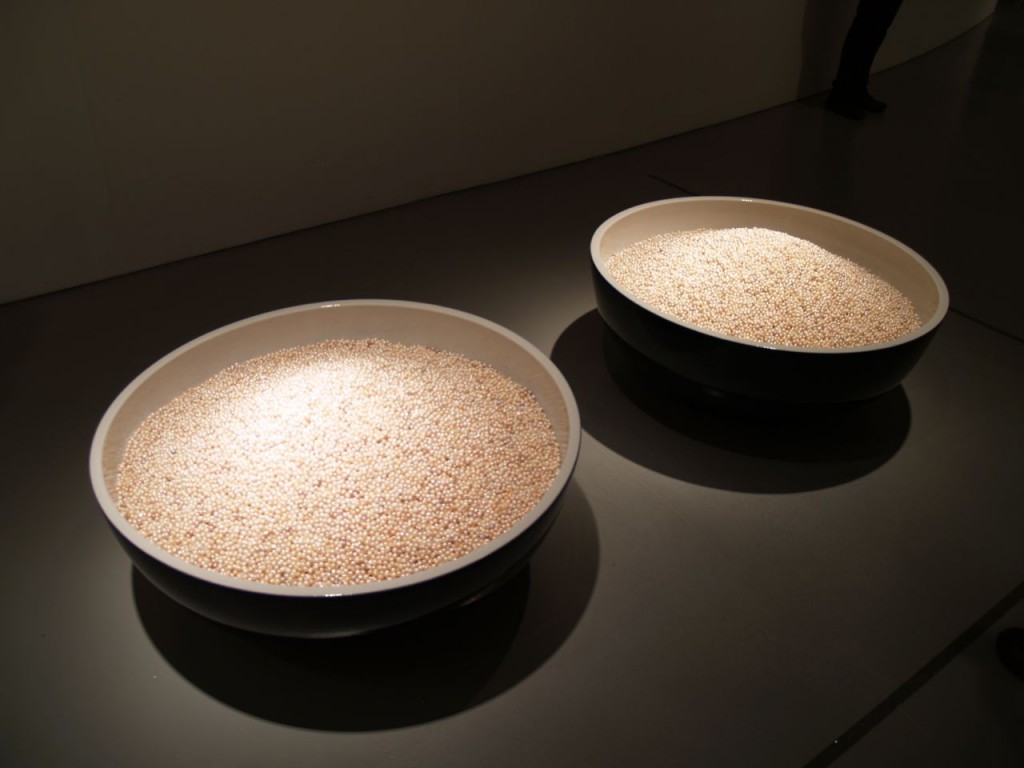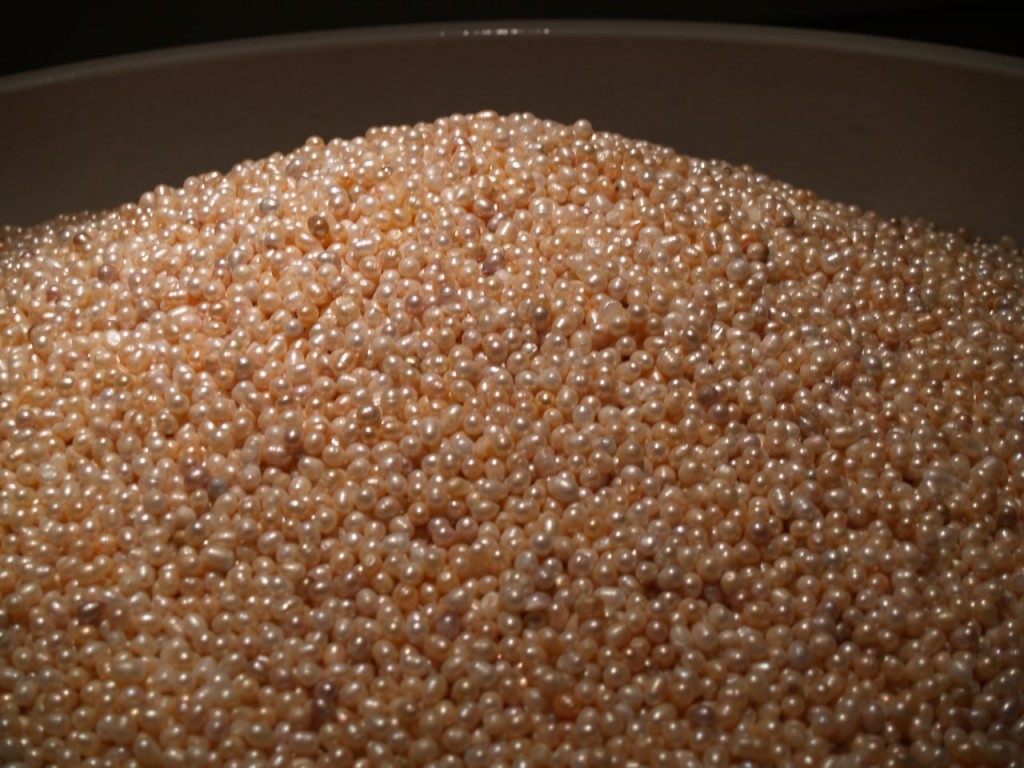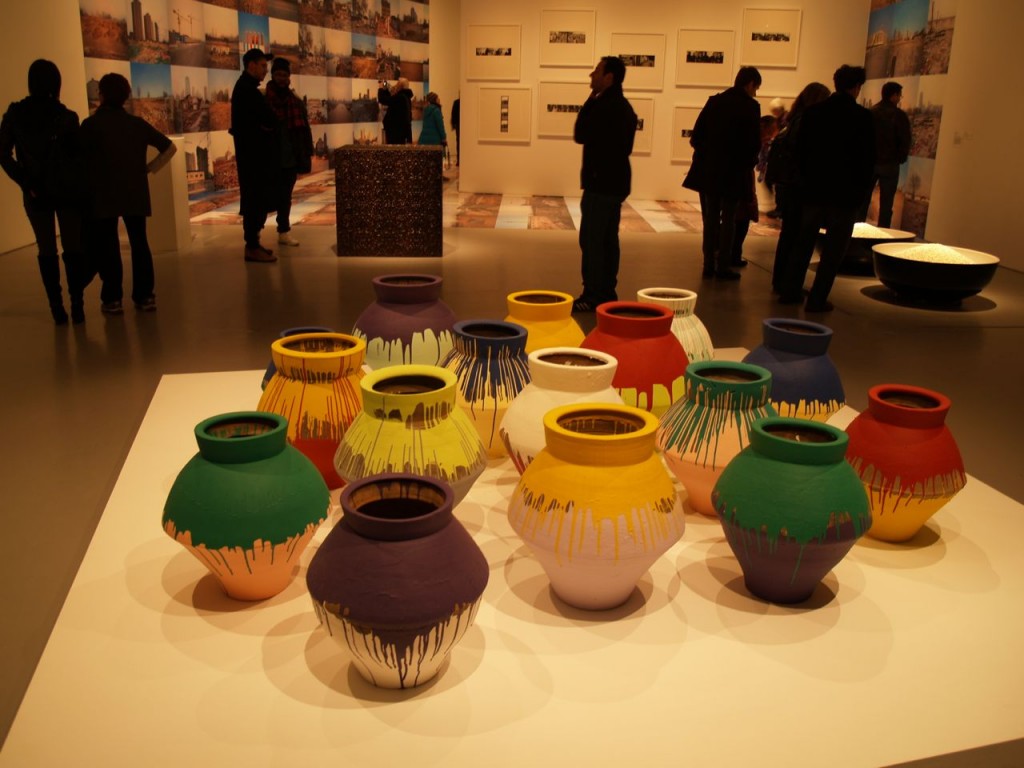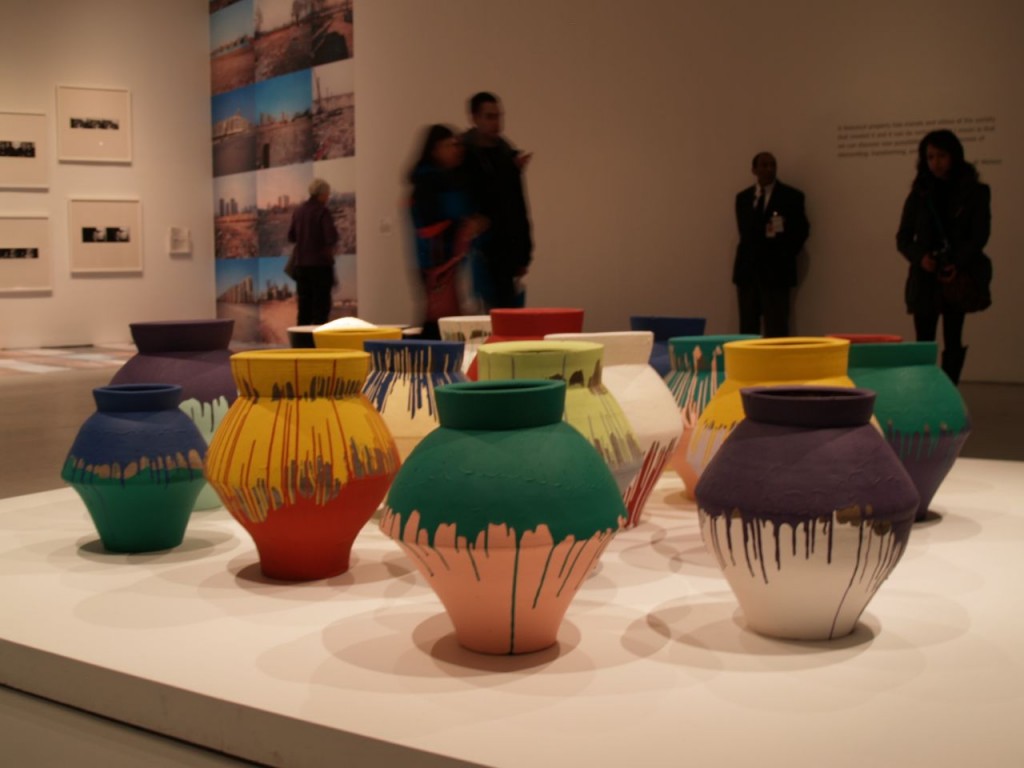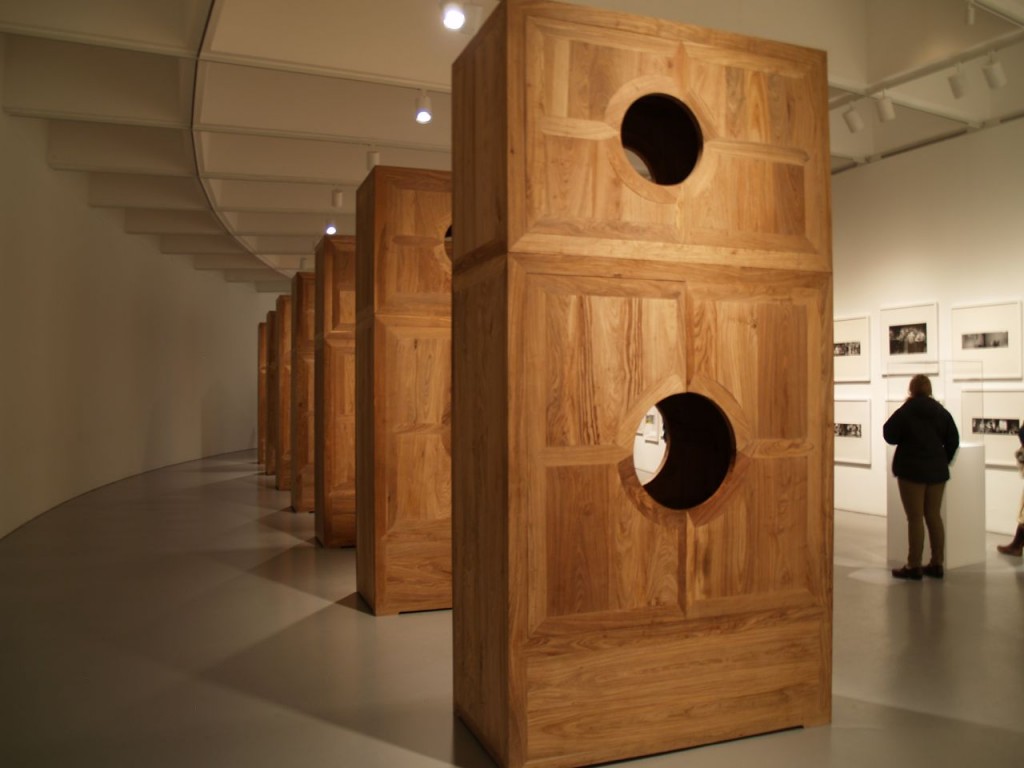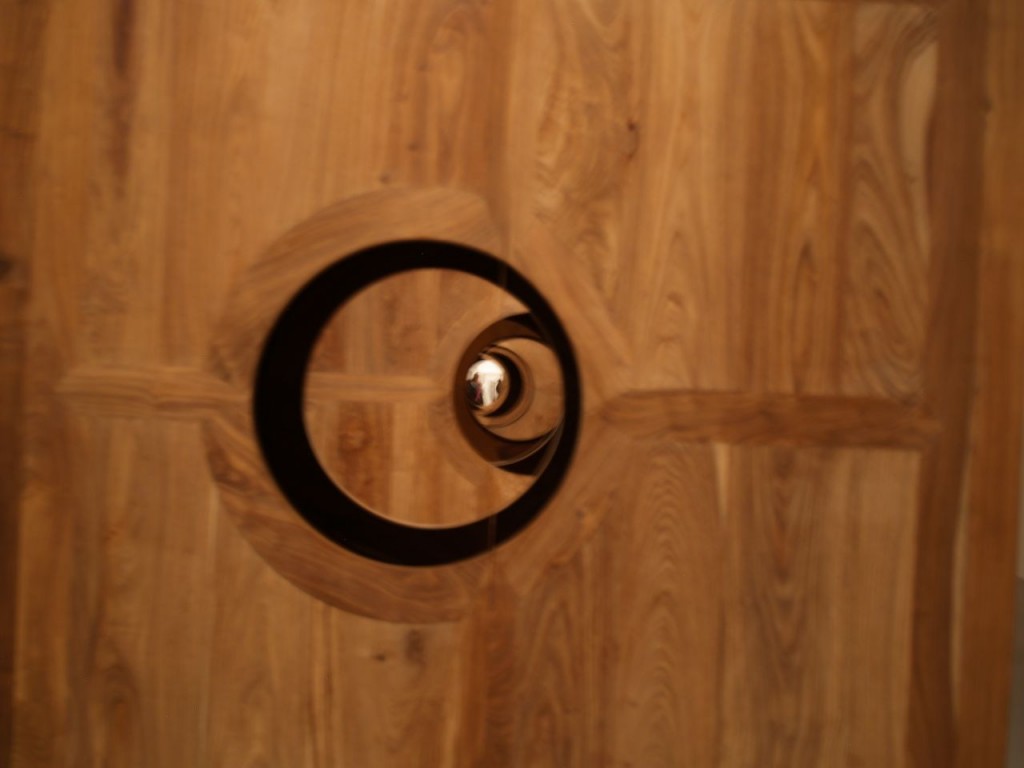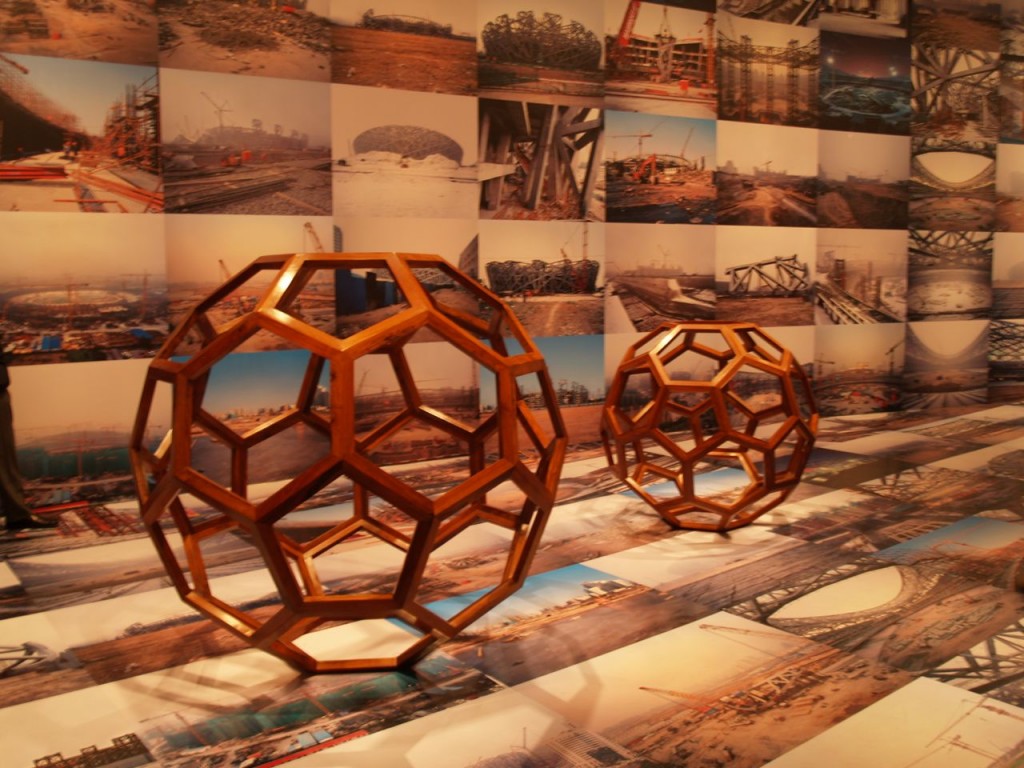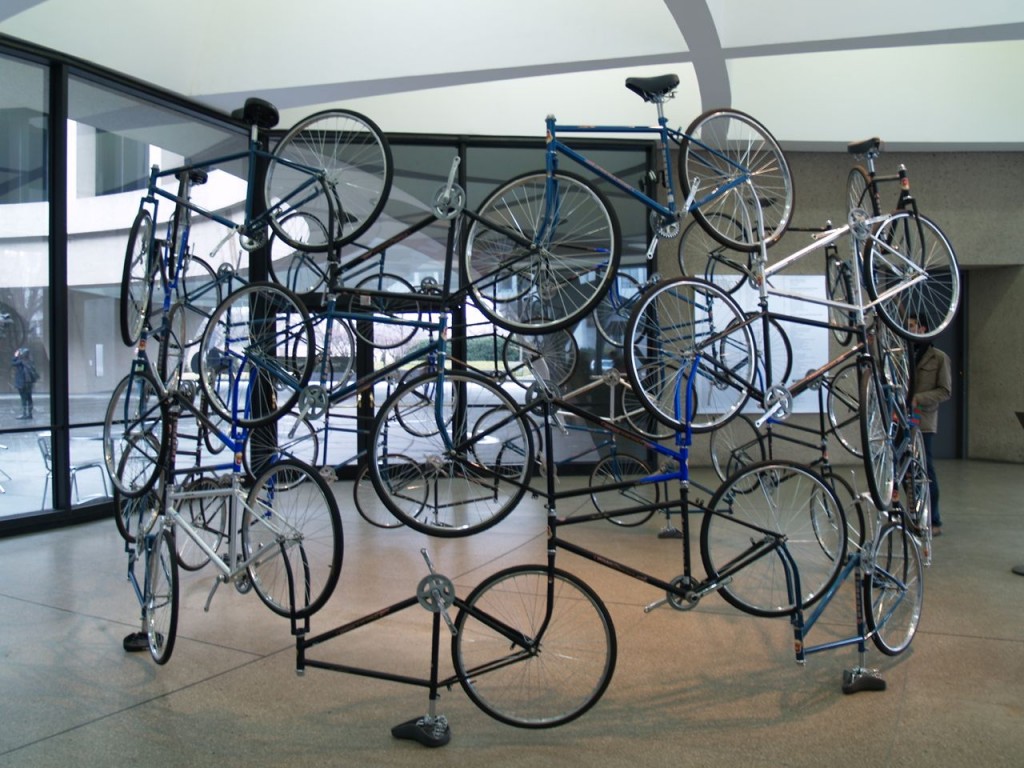Every so often I encounter something that as a photographer I become completely obsessed with and can’t stop taking photos of. Recently, it was a glacier that I hiked. Sometimes it has been a building of very unique design. Reykjavik’s Harpa Concert Hall and Conference Centre is one building I became obsessed with while in Iceland. While walking around Reykjavik, I took a few photos from the exterior, and then I went inside and took many, many more. It is a real interesting building of unique design, and it is a fantastic subject for photography.
Category Archives: Art
Modern Child Meets Renaissance Art of Biblical Times
Today I toured a gallery of Renaissance art at the National Gallery of Art with a group from my church. A member of my church is a docent at the Gallery, and she graciously agreed to give us a tour of some art depicting the Nativity as a nice Advent activity. Most of the time, she gives tours for school groups. She told a funny story about when a six year old child was viewing a particular piece of art, “The Adoration of the Shepherds” by Giorgione.
Here is a zoomed-in view of the lower right portion of the painting.
The story we were told by our wonderful guide is that a six year old, while viewing the painting, innocently asked “what is Joseph texting?”
The child is observant. It does look like he is texting. Then again, maybe he tweeting, “today Christ is born.” Just think how much faster the Wise Men would have gotten there if social media had been around. Mary and Joseph could have checked in on Facebook or FourSquare. Think of all the Instagram images! As they say, from the mouths of babes, in this instance, about babes.
USBG Holiday Exhibit
The United States Botanical Garden has an annual holiday exhibit that consists of fantasy model trains running through, by, and over various bridges, tunnels, and model structures. They also have models of numerous DC structures and buildings. All the models except the trains are made of natural materials and are built with amazing detail. They are simply gorgeous and the use of natural material is just genius. The model train exhibit also smells wonderful due to all the cedar in the room. Definitely worth the visit.
- Three bridges at model train exhibit
- Railroad support
- Blimp at model train exhibit
- Train exhibit pavilion
- Seattle Space Needle
- Model train on truss bridge
- Ferris wheel at model train exhibit
- Model train tunnel
- Unisphere at model train exhibit
- Hot air balloon at model train exhibit
- Model train exhibit
- Jefferson Memorial
- Library of Congress
- Library of Congress
- Library of Congress
- Lincoln Memorial
- National Museum of the American Indian
- Smithsonian Institute The Castle
- US Botanical Garden
- US Botanical Garden
- US Capitol
- US Capitol
- US Capitol
- US Capitol
- US Capitol
- US Supreme Court
- US Supreme Court
- US Supreme Court
- Washington Monument
- White House
Old NY City Hall Subway Station
Saturday, I got to tour the abandoned New York City Hall subway station. The New York Transit Museum gives tours of it a few times a year, and this tour is completely worth the membership in the museum. The old City Hall subway station was originally the southern terminal of the original Interborough Rapid Transit (IRT) subway route. The station is located on a single 600-foot long track loop that is located south of the current City Hall/Brooklyn Bridge subway station. The track loop is still used by the #6 subway line. After a #6 train drops off passengers at the City Hall/Brooklyn Bridge station from a southbound route, it then uses the loop to return to that station as a northbound train. For our tour, we met at the southern end of the City Hall/Brooklyn Bridge subway station, and then once all passengers had been offloaded from a southbound #6 train, we got on for the short trip to the old City Hall station.
The old City Hall station has a platform that is 400-feet long and is completely curved. This short and completely curved platform is part of the reason why the station is no longer used. The ten-car trains now used don’t fit in the station, and it is a serious hazard stepping off the train to that platform. [Our MTA guides used a short wooden platform to allow us to easily and safely get off the train onto the platform.] The station was closed in 1945 because passengers preferred the Brooklyn Bridge station due to its longer and straight platform and also because both local and express trains stopped there.
The station is completely gorgeous. There is a mezzanine level where passengers would buy tickets. The mezzanine is square with four arches that form each of the walls, and an arched ceiling joins the four arched walls. At the center of the mezzanine ceiling is a glass skylight. One of the arches of the mezzanine forms a passageway that leads down to the platform. The platform is then made of 15 more arches. Three of the arches have three glass skylights each. Electric chandeliers hang from each of the arches to provide light. All of the arches are created by Guastavino tile arches. The walls and ceilings are covered in green, brown, and cream tile. Interestingly, much of the cream tile is unglazed and rigged. Evidently this tile was never supposed to be exposed, it was rigged and unglazed because it was supposed to be covered with cement, and the ridges would provide more surface are for the cement to stick, in the same way as when tiling, the ridged side of a trowel is used to create ridges in the cement before placing the tile. However once the tile was placed, the station architects liked how the exposed ridged tile looked.
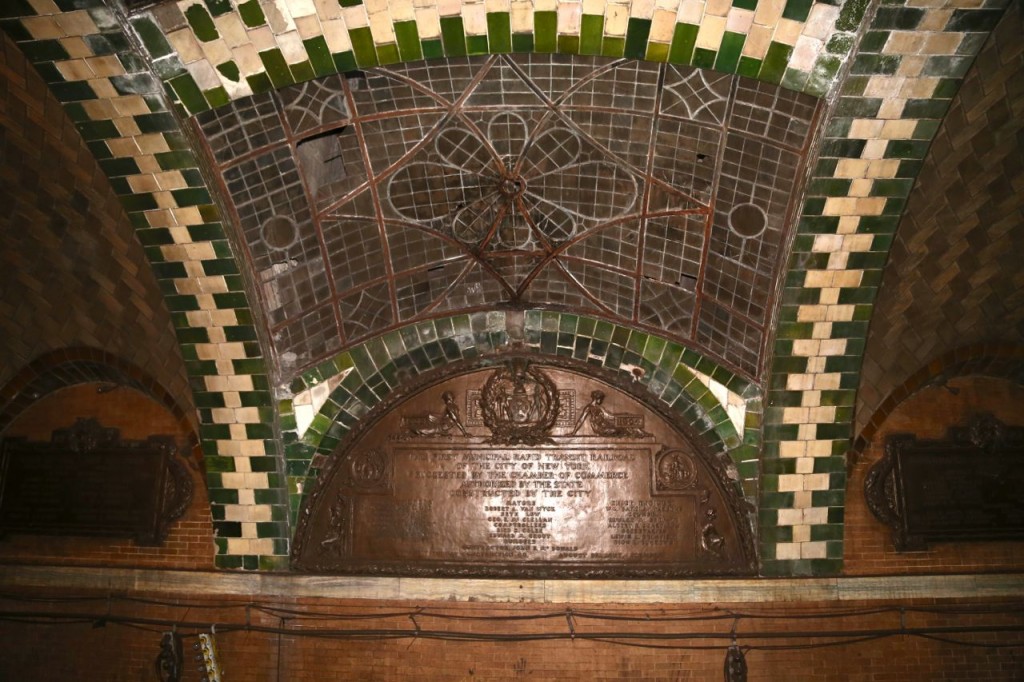
The middle arch on the platform where the passageway from the mezzanine ends. The arch has three skylights. Opposite the passageway are three plaques commemorating those who helped in the station’s creation.
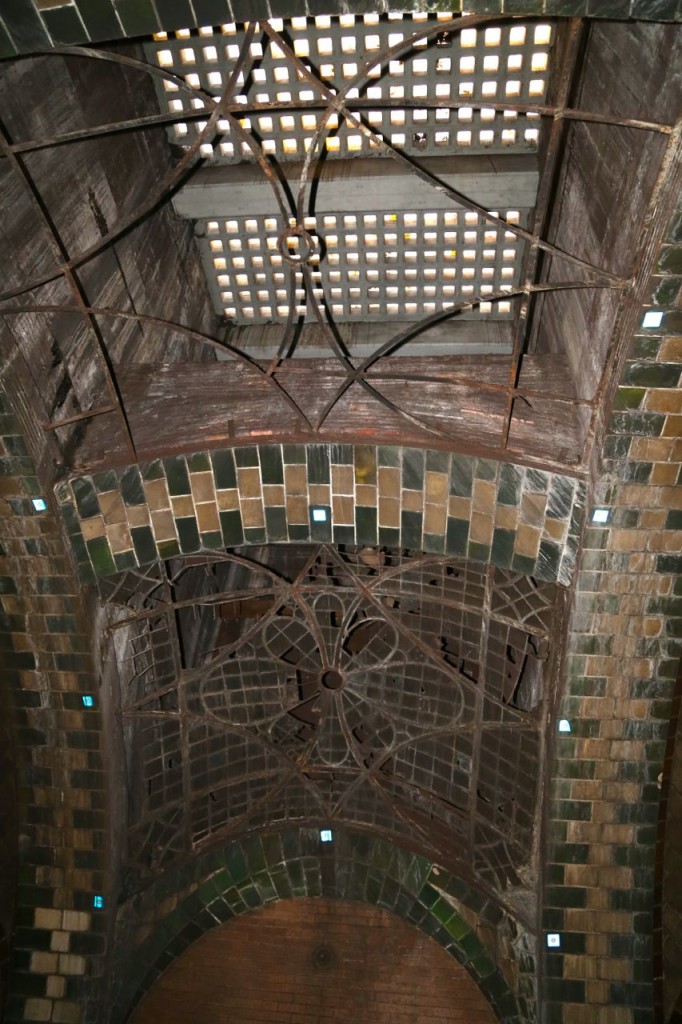
One of the platform’s skylights. The glass has fallen out of one of them, and the glass in the street level concrete can be seen.
One thing I have always appreciated about the New York subway system is the tile work. All the stations have tile work, and generally each station has a somewhat unique tile work for at least the station signs. Some stations have really unique and beautiful tile work for example the Times Square and American Museum of Natural History stations. The tiles themselves in the old City Hall station are not gorgeous, but the way they are placed together in the arches are. Therefore for final comparison, below are the station signs at the old City Hall station and the new City Hall/Brooklyn Bridge station.
Washington Monument in Scaffolding
The Washington Monument is currently covered with scaffolding while it is repaired for damage from the 2011 earthquake. Perhaps I am biased because I am an engineer, but I think the scaffolding surrounding it is both an engineering feat and a work of art. It is also amazing to view. In one of the photos below, you can see how they actually have suspended scaffolding within the supported scaffolding, which I think is totally cool. They have been lighting it up at night, but tonight is the last night it will be lit. They are almost done with the repairs, and the lights need to be removed to finish repairs. I finally got out today to photograph the Washington Monument with the scaffolding. Personally while I will be happy when they finish repairs, I also think it is beautiful now.
Giant Shiny Ball Play Thing
Last night, I went to Cultural Programs of the National Academy of Sciences (CPNAS)‘s D.C. Art Science Evening Rendezvous (DASER). It is a monthly discussion forum on art and science. They always have interesting speakers, and it is one of the cool things about living in the DC area. Anyway, last night upon walking into the room right before the program began, I was immediately intrigued by this enormous sphere siting in the corner of the room, which I dubbed the Giant Shiny Ball Play Thing.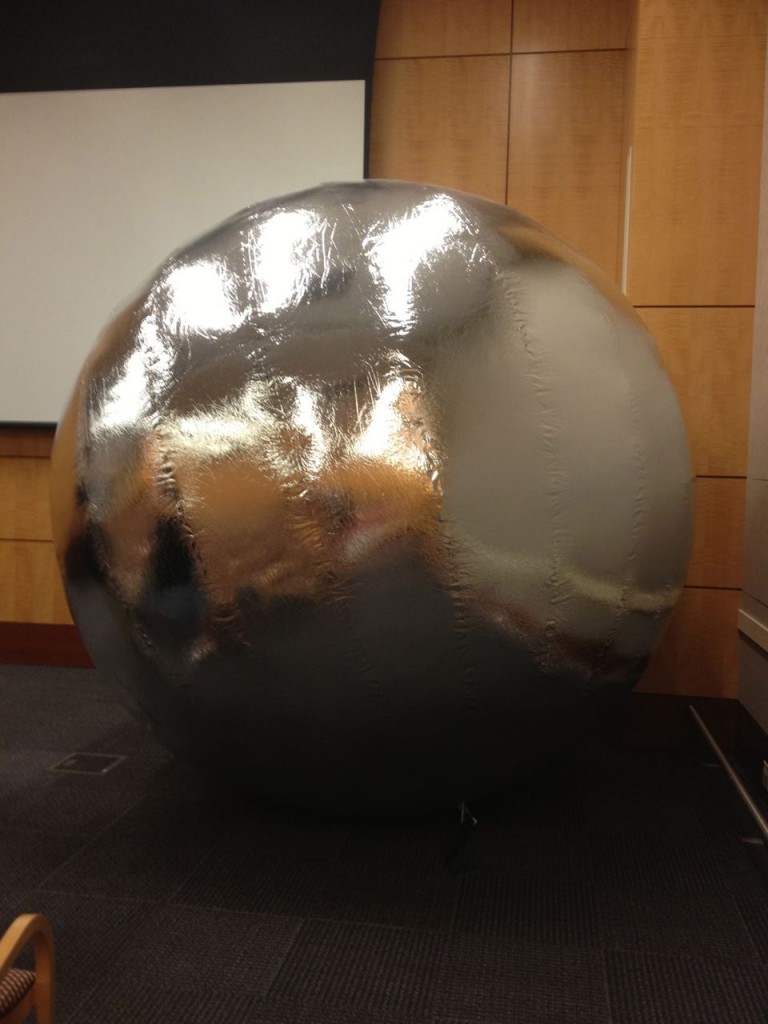
I had no idea what this thing was, and there was no mention of it in the program. I envisioned the amazing game of beach ball toss that a large crowd could play with it. The Giant Shiny Ball Play Thing was seriously one of the coolest things I had ever seen, and I wanted one. Sure it was probably about 10 feet in diameter and would never fit in my house. Even if it did fit in my house, putting a shiny inflatable ball in the same house with my cat and her claws would not end well at all.
I finally found out that the Giant Shiny Ball Play Thing is a reproduction of a satelloon. Greg Allen, one of the speakers, had it fabricated as part of his Exhibition Space exhibit. A satelloon is satellite balloon, of course, and I’m going to bet that either an engineer or scientist came up with that name. NASA made satelloons for Project Echo from 1956-1964. I am not going to describe the whole history because Greg Allen has a great summary of the project and the amazing satelloons. If you want even more history, you can read about it straight from NASA. The history is fascinating.
Thus the Giant Shiny Ball Play Thing is really a symbol of some incredible science and engineering history. I still want to play with it though. Also, I took a fun self portrait of myself in the satelloon.
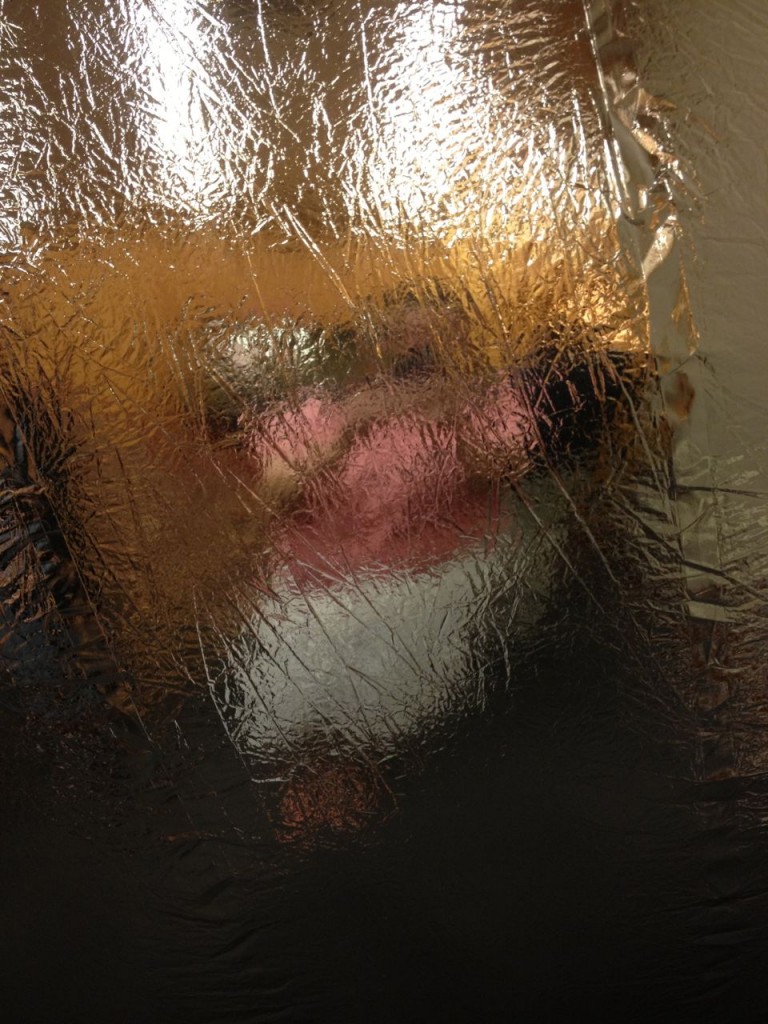 There, dear readers, now you know what I look like.
There, dear readers, now you know what I look like.
Finally, if like me, you can’t get enough of the Giant Shiny Ball Play Thing, Heather Goss created this fun Vine video of it being deflated.
One Million Bones
From June 8-10, One Million Bones was on the National Mall. A social art practice, it consisted of one million bones made by students, artists, and activists. It is to honor and bring awareness to those lost to genocide and mass atrocities in Sudan, South Sudan, the Democratic Republic of Congo, Burma, Somalia, and Syria. The vast majority of the bones seemed to be made of molded paper, but there were also many made of clay, plaster, resin (possibly glass), yarn, tape, and other materials. It was quite breath taking, thought provoking, and somewhat depressing.
All Is Fare in Love & Brooklyn
Ai Weiwei: According To What?
This weekend I went to see the exhibit of Ai Weiwei’s work called “According to What?” that is currently at the Hirshhorn, part of the Smithsonian. Like I would imagine many people, I was somewhat familiar with him as a Chinese activist, but I had never actually seen any of his work. The exhibit features sculptures and photographs, but I found the sculptures to be the most interesting. I don’t presume to know almost anything about art, especially modern art. I like some things. I don’t like other things. I simply don’t get or understand many things. I am not sure I understand much of Ai Weiwei’s work, but much of it did make me think, which I think is part of what he wants.
Possibly the biggest sculpture at the exhibit is Light Cube. It is this huge cube with amber colored beads or crystals on the outside and lights inside. I really don’t know what it is supposed to represent, but it is really cool to look at.
Another large sculpture is Straight. It is made of 38 tons of rebar recovered from collapsed schools in Sichuan, China after the 2008 earthquake. The rebar was evidently carefully straightened after it was recovered. Straightening rebar is no easy feat. Photographs of the devastation are on a nearby wall. The sculpture certainly makes you think about the devastation of the earthquake. The way the rebar is placed makes me think of a fault line and topography, but I have no idea if, assuming that is what it is supposed to represent, it is an accurate representation of the Sichuan area. As an engineer, I love the use of rebar for art.
Bowl of Pearls is honestly one of the prettiest things I have ever seen. It is two huge bowls (as in about 3 feet in diameter) filled with freshwater pearls. It is absolutely gorgeous, and I have no idea what it means.
The pearls are different shades and so pretty and luminous. Yes, I like pearls and shiny things. All I wanted to do was put my hands in there and run them through the pearls. It is like a giant zen sculpture or something.
Colored Vases causes me torn emotions. I love the colors, and the vases are a lovely shape. I think the way the paint applied and allowed to run down causes a really nice effect. However, the vases are really old, from the Han Dynasty. Dipping these ancient vases in industrial paint strikes me as defacement. Evidently that is what he is trying to do. These are supposed to be a statement about the Chinese state. The vases are innocent victims in his political statement. I am very curious just how many Han Dynasty urns there are lying around that people can buy or just find. Can you just go buy one? How did he get a hold of so many of them?
Moon Chest consists of several hollow wooden boxes lined up on a curve. Each box has four circular openings that are precisely cut so that they mimic the stages of a lunar eclipse.
The fun thing about this sculpture is that it turns almost everyone into a child. Almost everyone who walked by it and between the different boxes got up close and looked through the apertures and moved around to see how the view changes.
Divina Proportione and F Size are two giant, wooden buckyballs. I immediately thought of Buckminsterfullerene, but then again, I am a geeky engineer. I suppose the less geeky inclined might see soccer balls or geodesic domes. I have no idea how well they would roll, but yes, I would like to see them roll.
This is why China is having such horrible air pollution. People are having to take cars because Ai Weiwei has taken all the nice bicycles and used them for art. I was thoroughly impressed with how well he fit them together. Parts of the bicycles were cut off, and then they could be joined with bolts and nuts. The joints are really well done. Yes, clearly I am engineer as I was analyzing the construction method of this sculpture not what it means.
All of the above photos were taken by me. The Hirshhorn allowed non-flash photography for personal purposes. A few of my photos are slightly fuzzy because they were taken in low light without a flash and thus needed a longer shutter speed. I make no money off this blog, thus my understanding is this falls under personal use.

